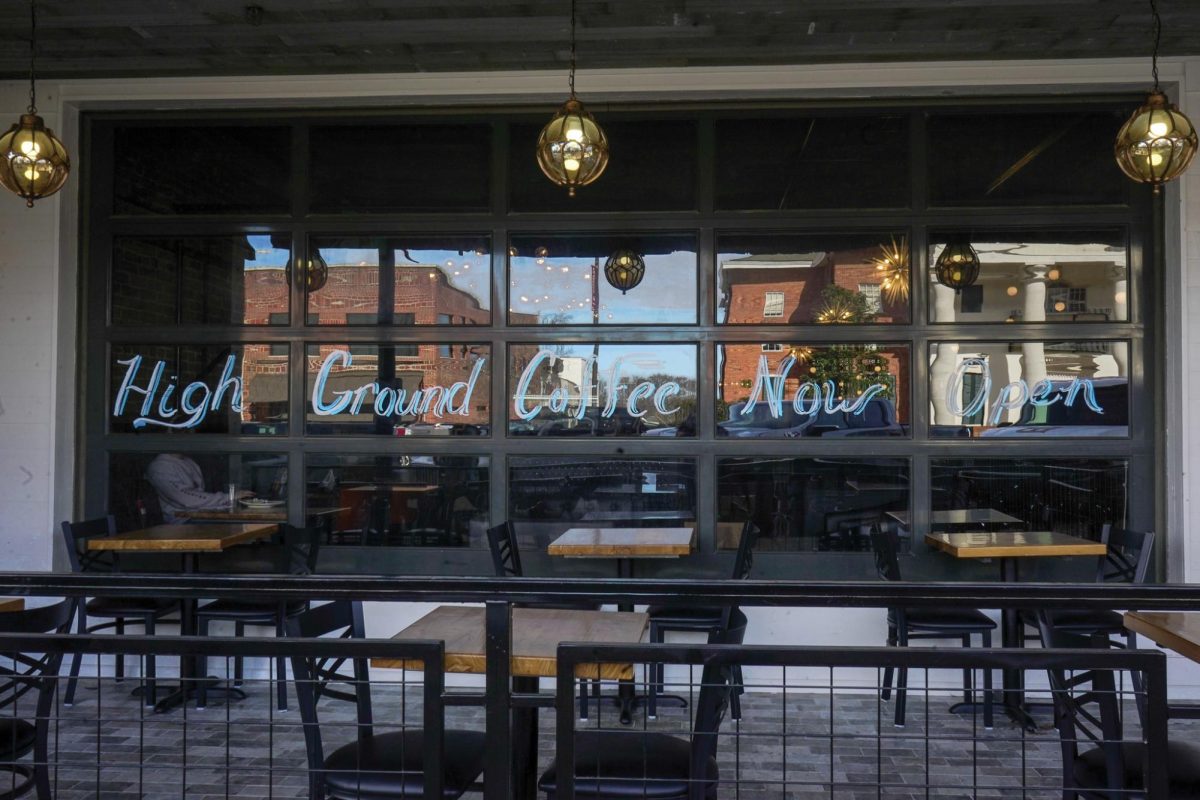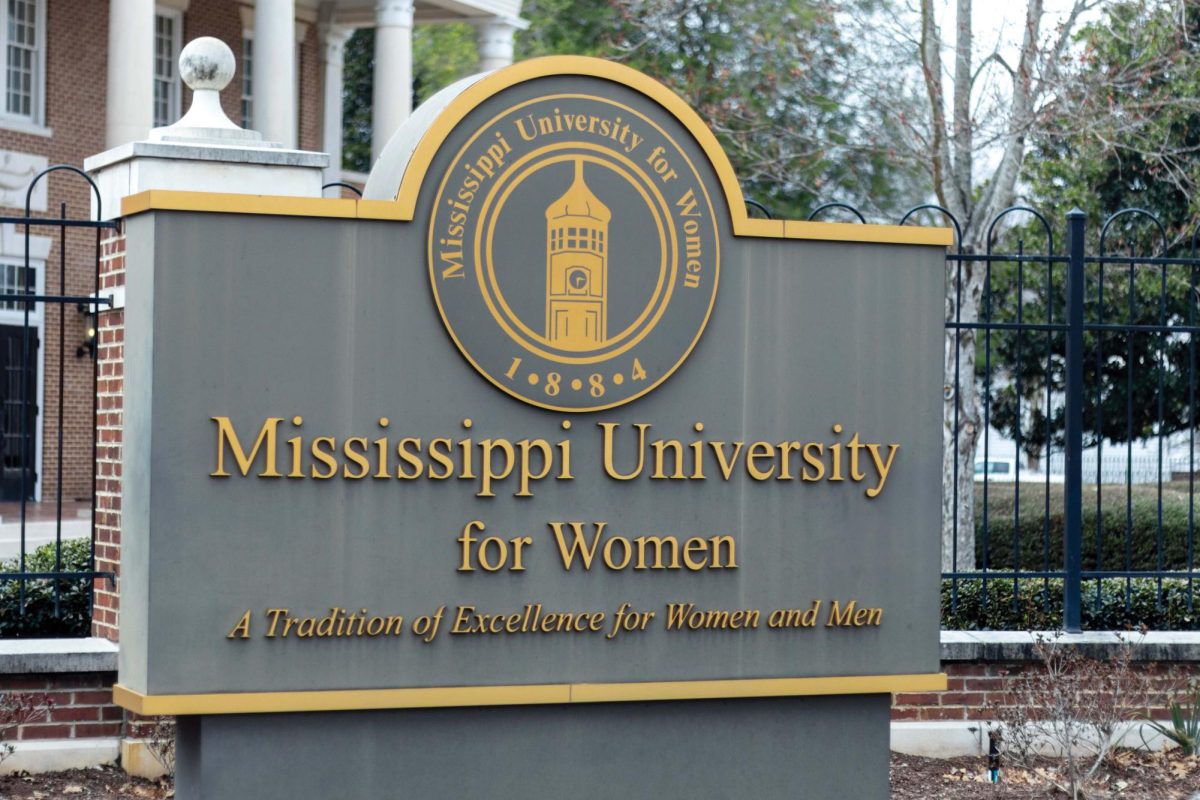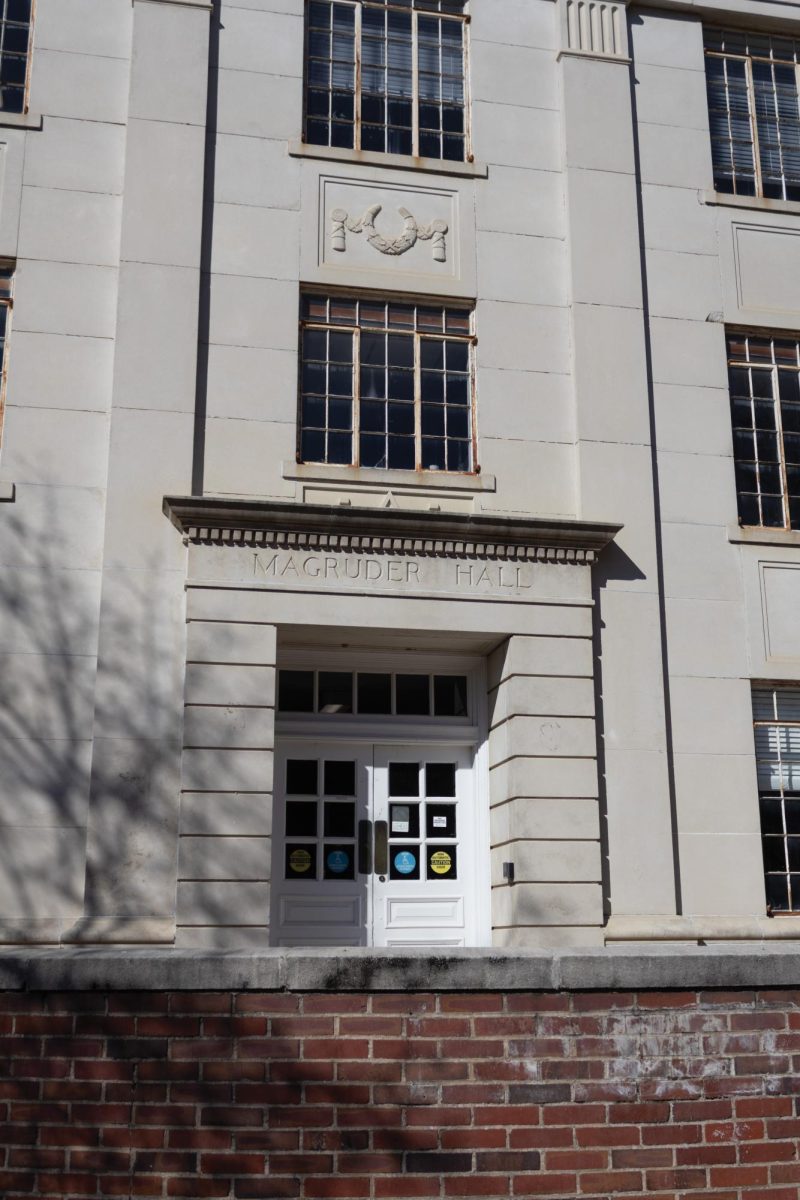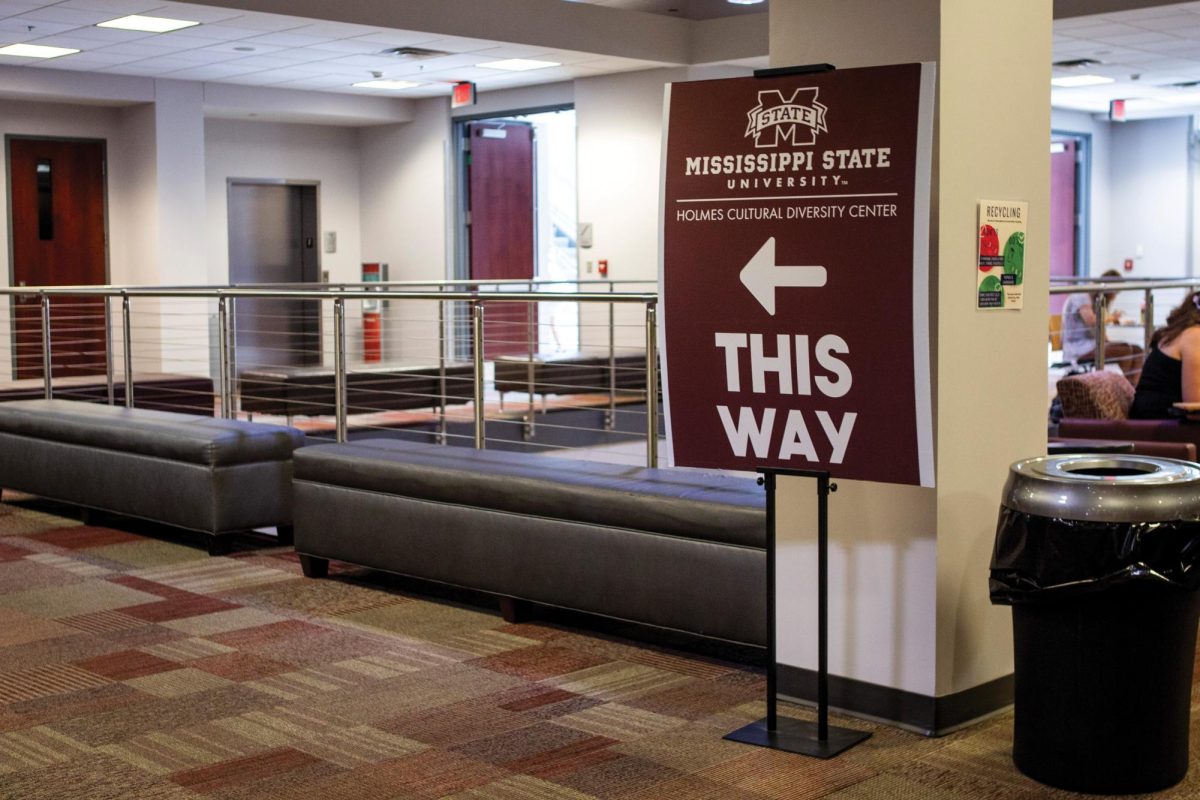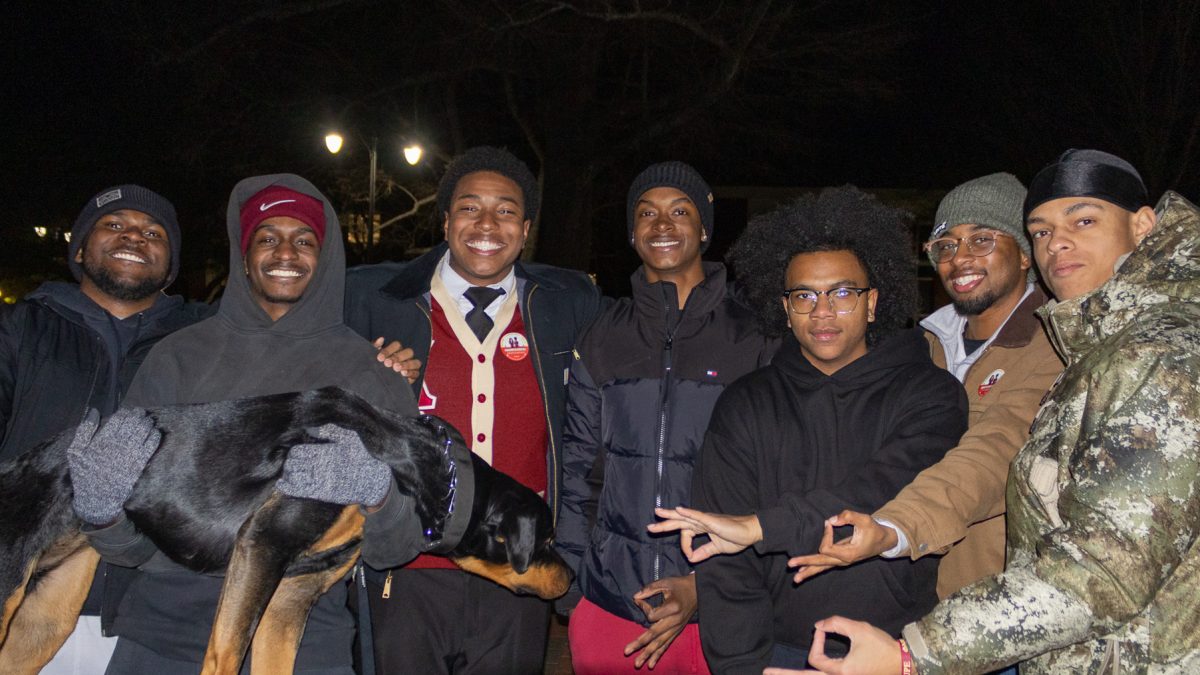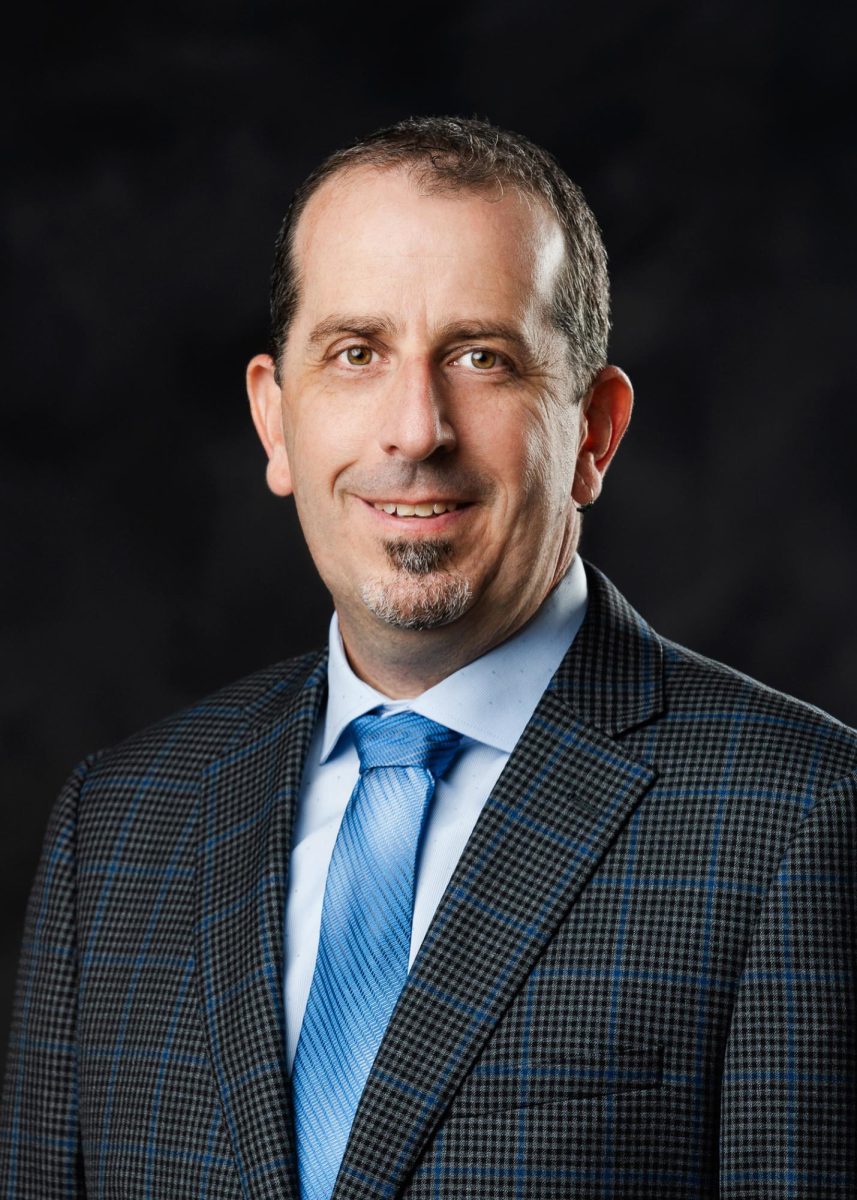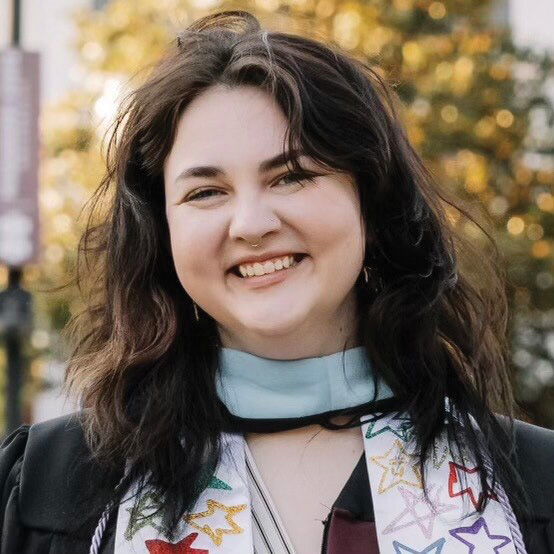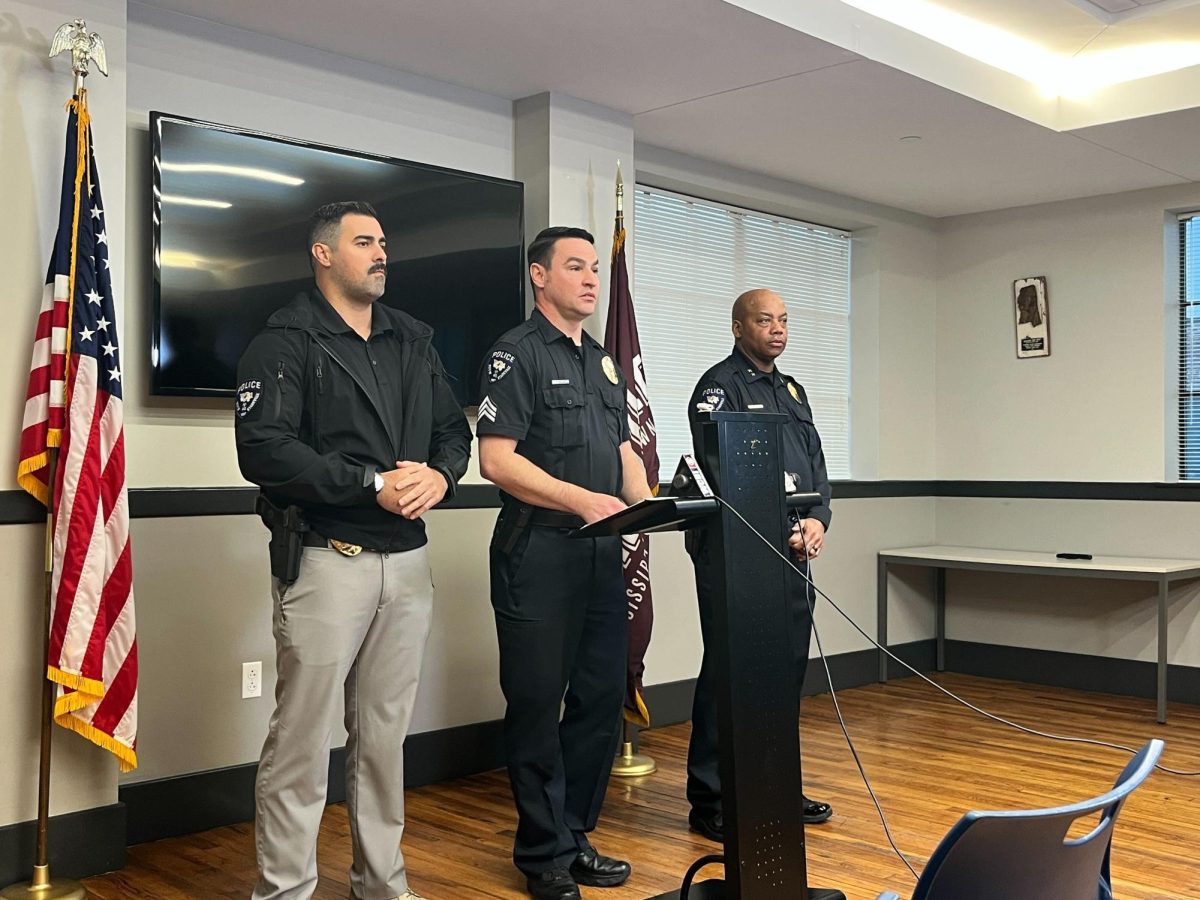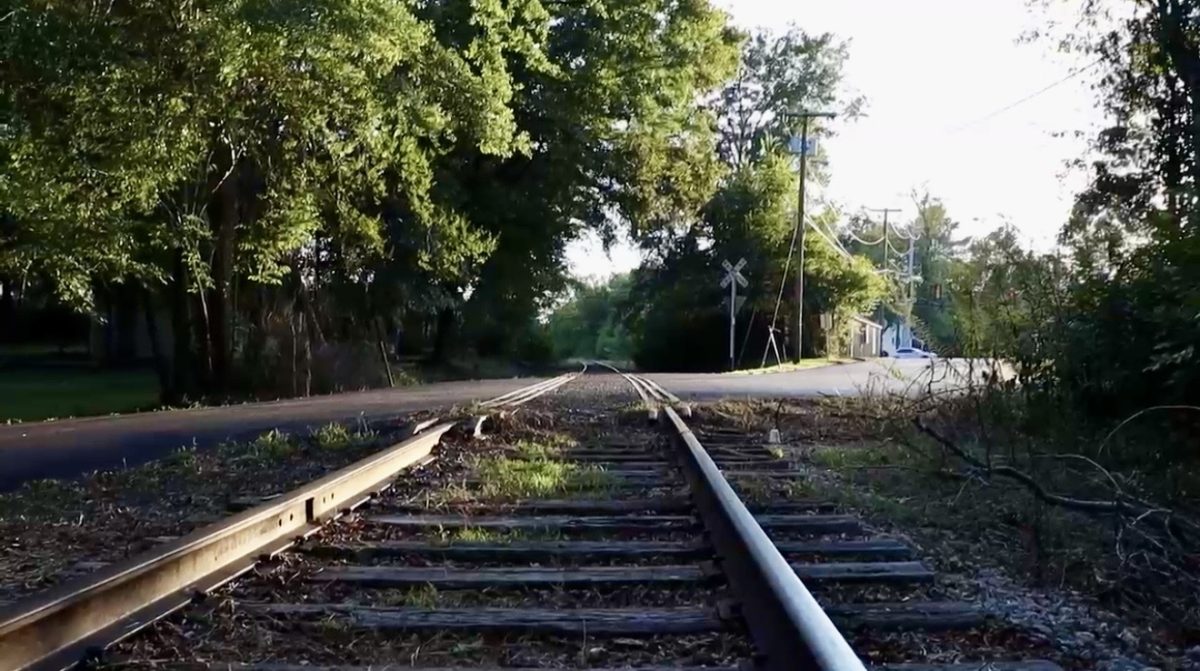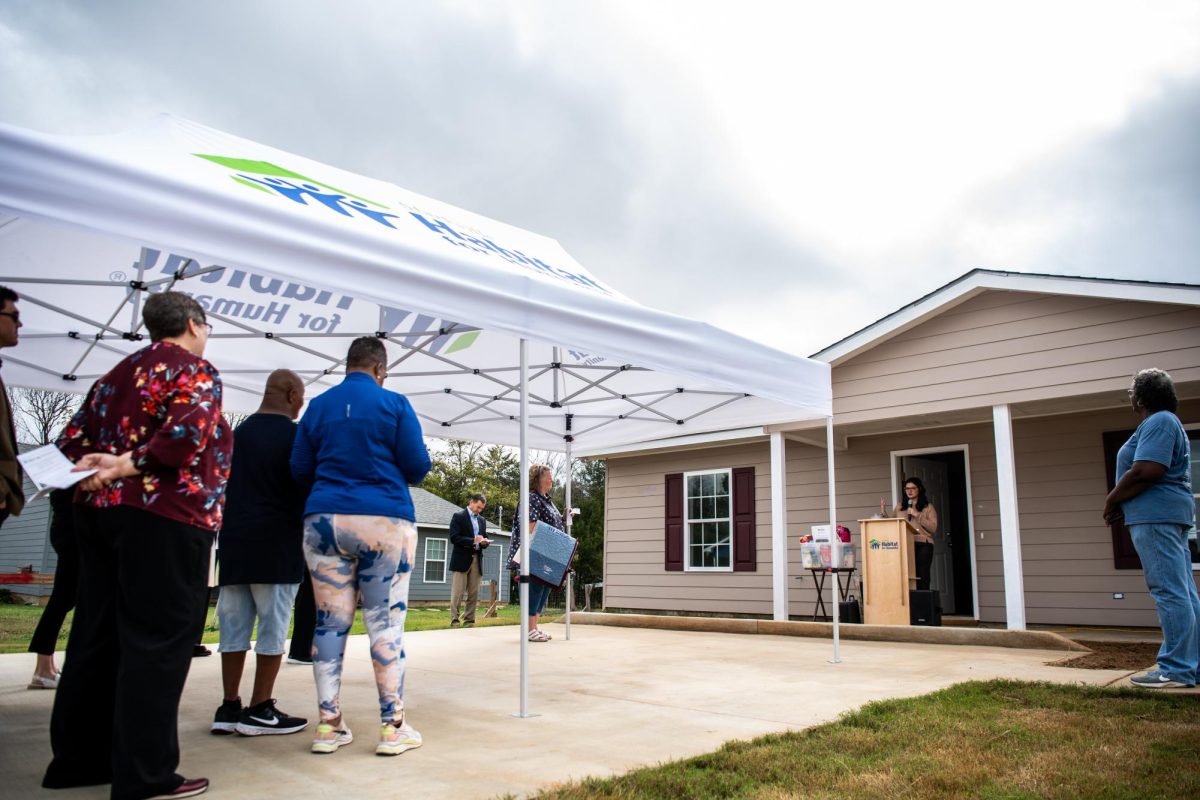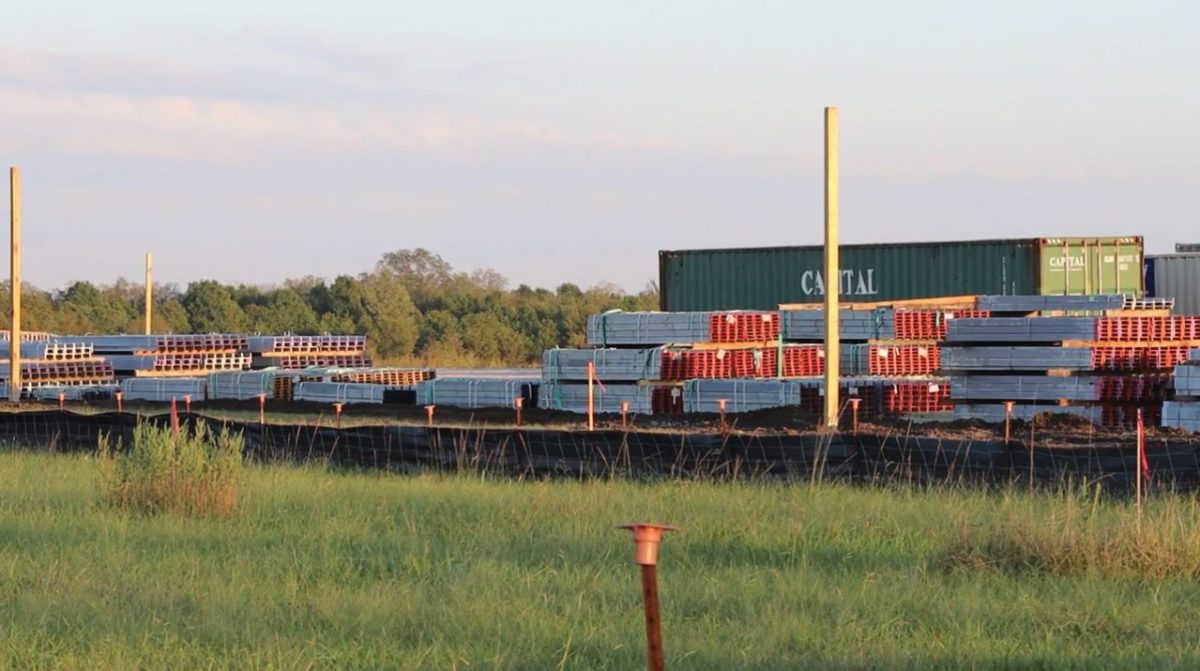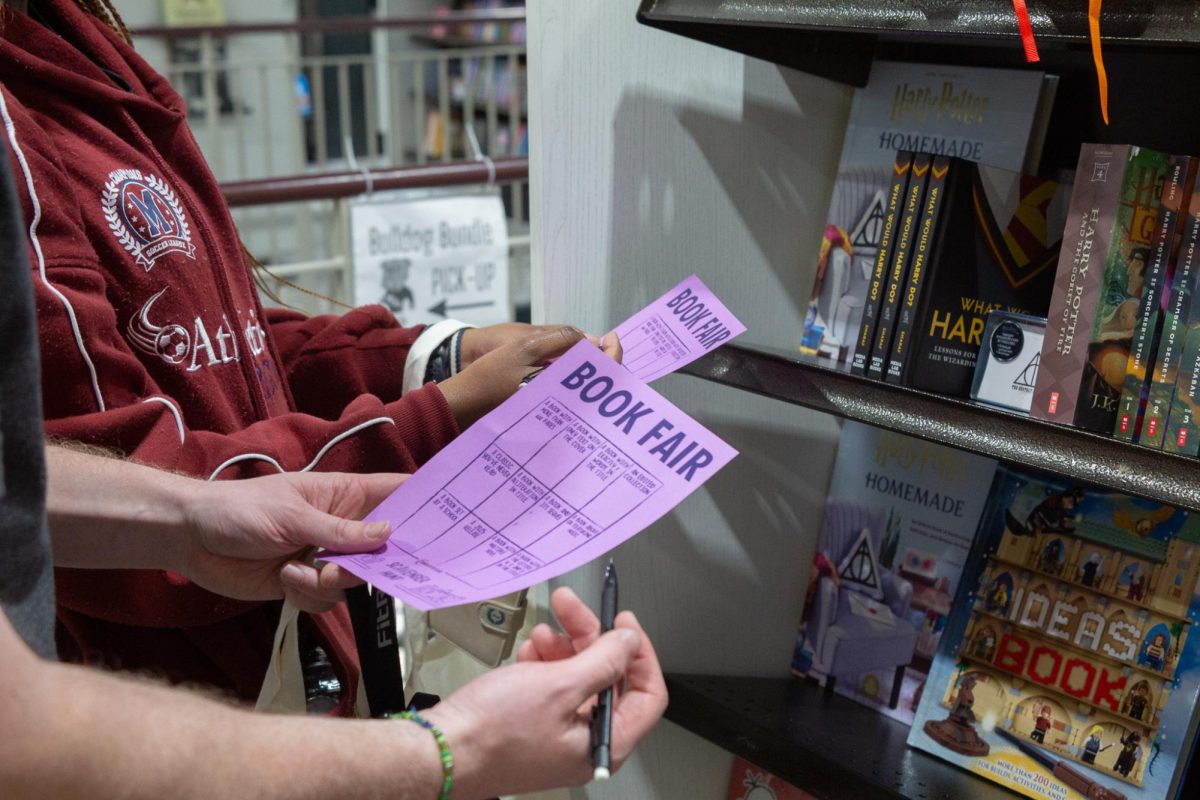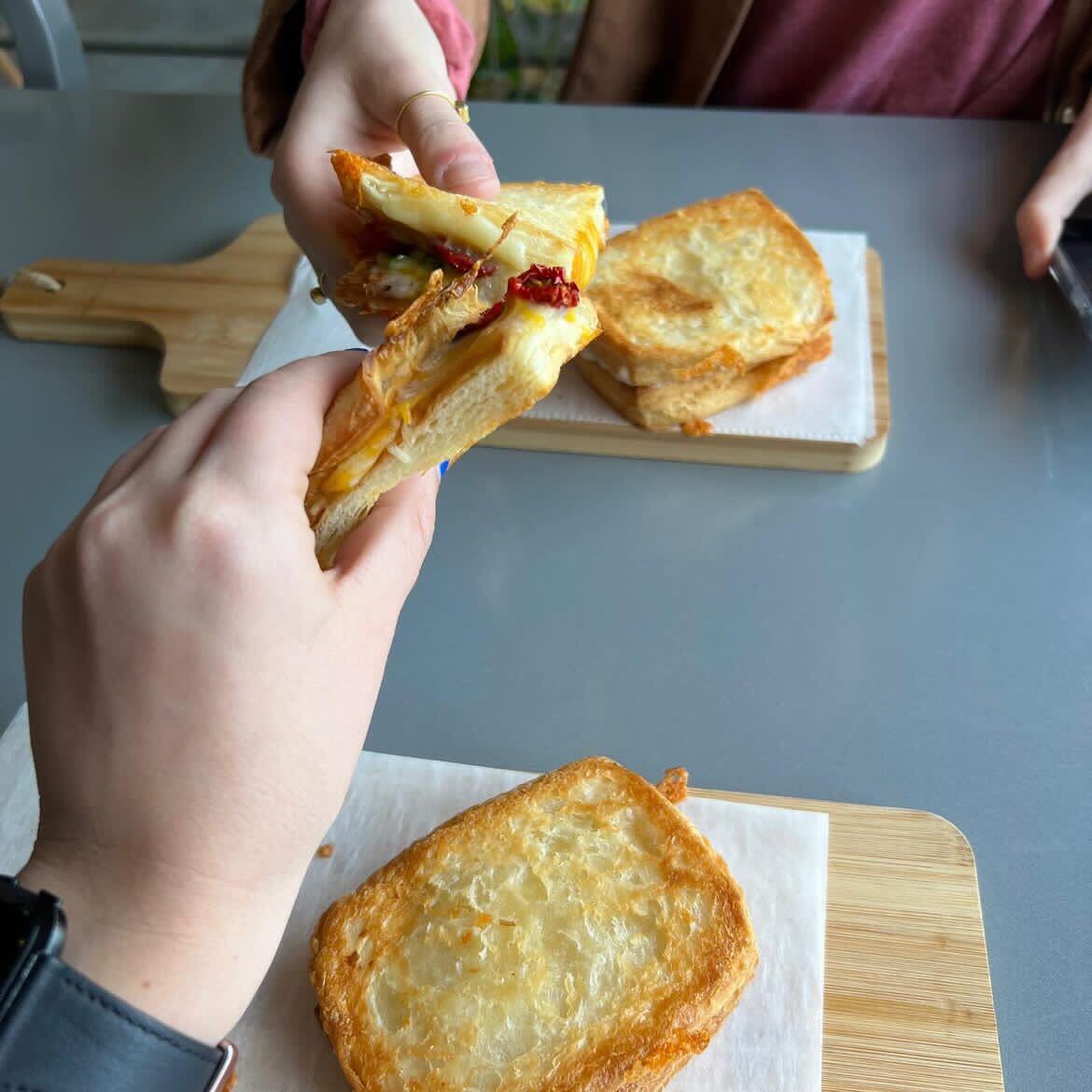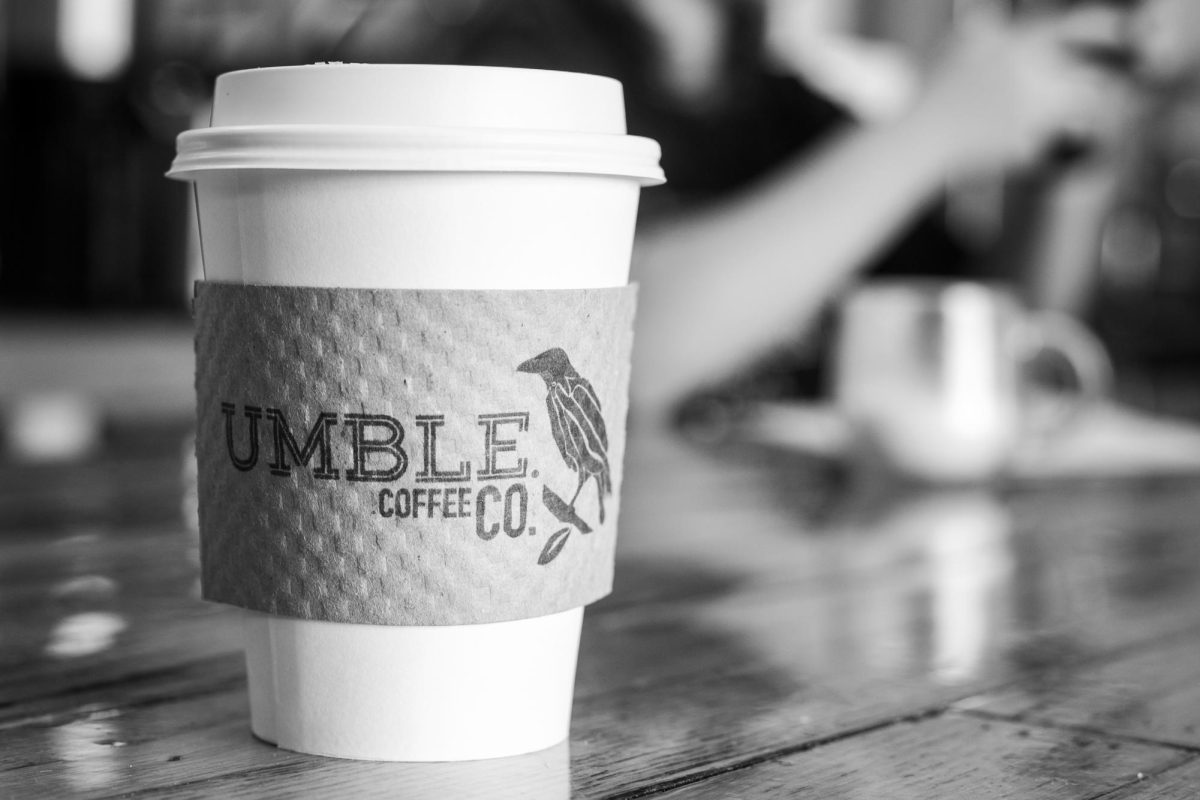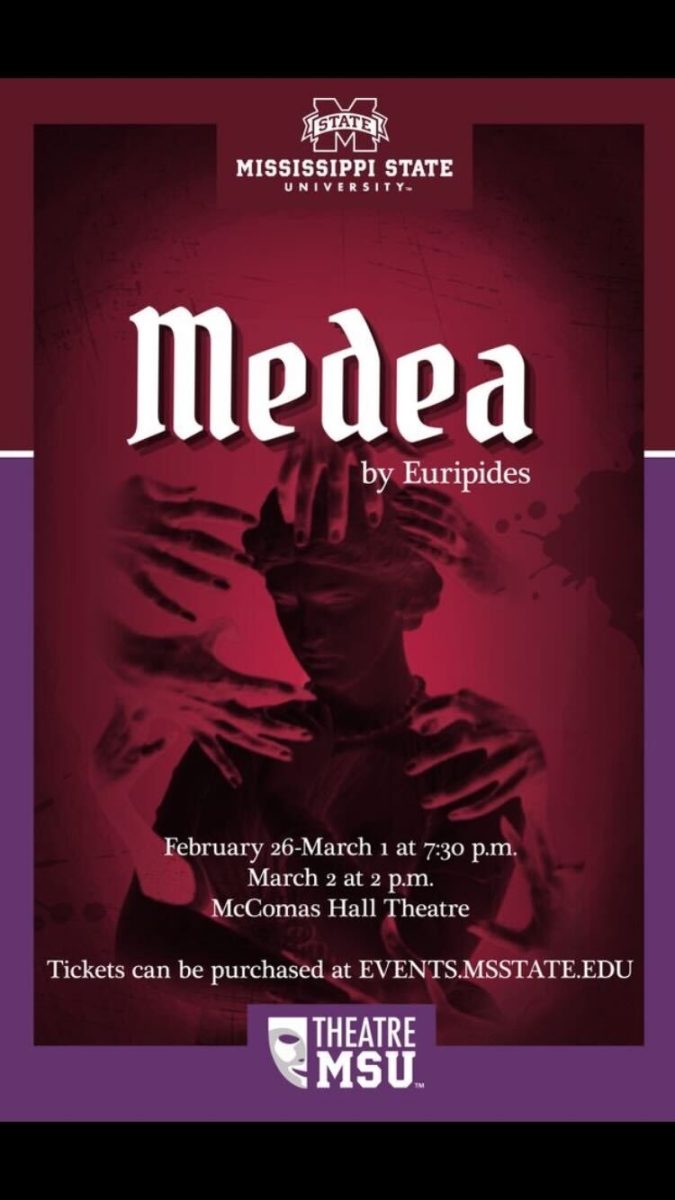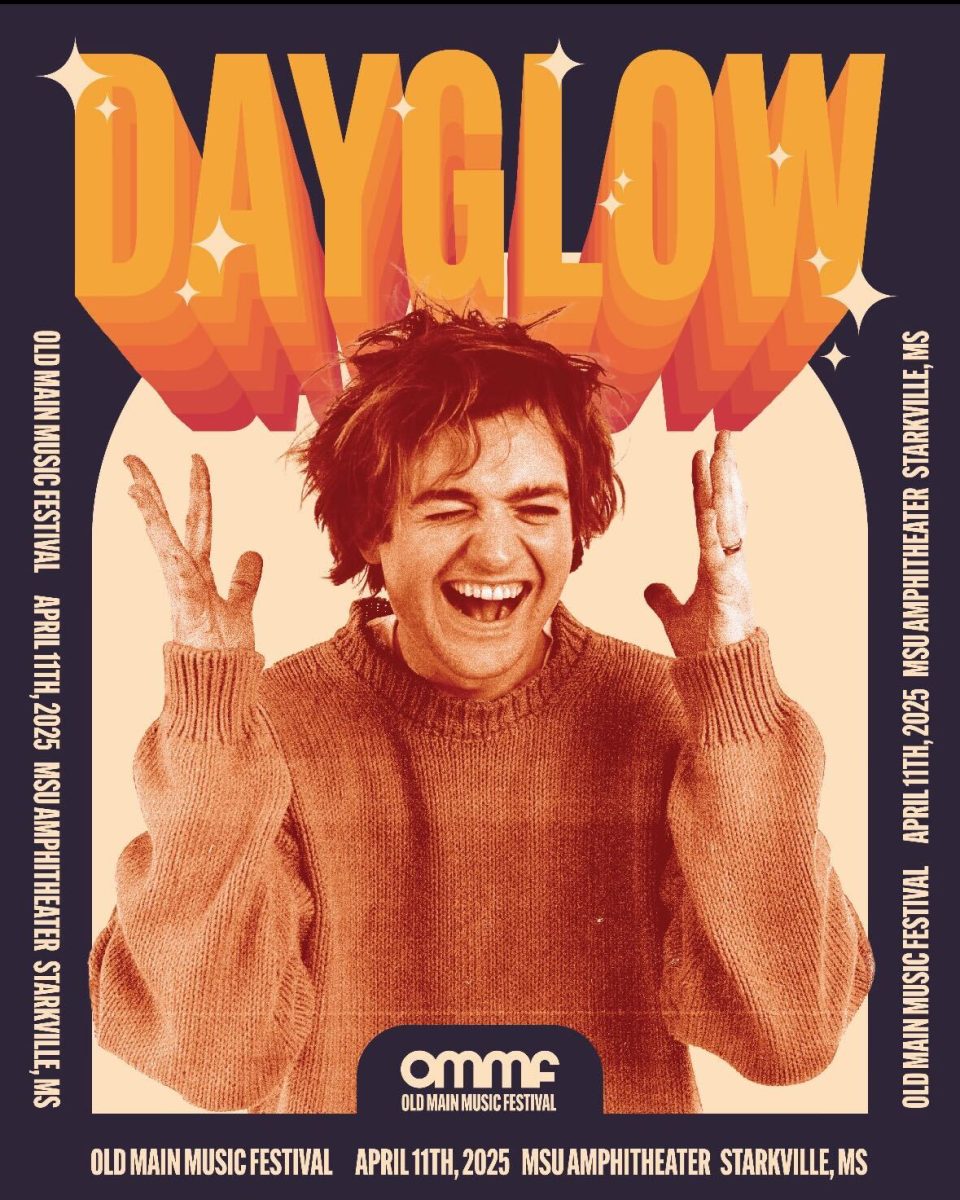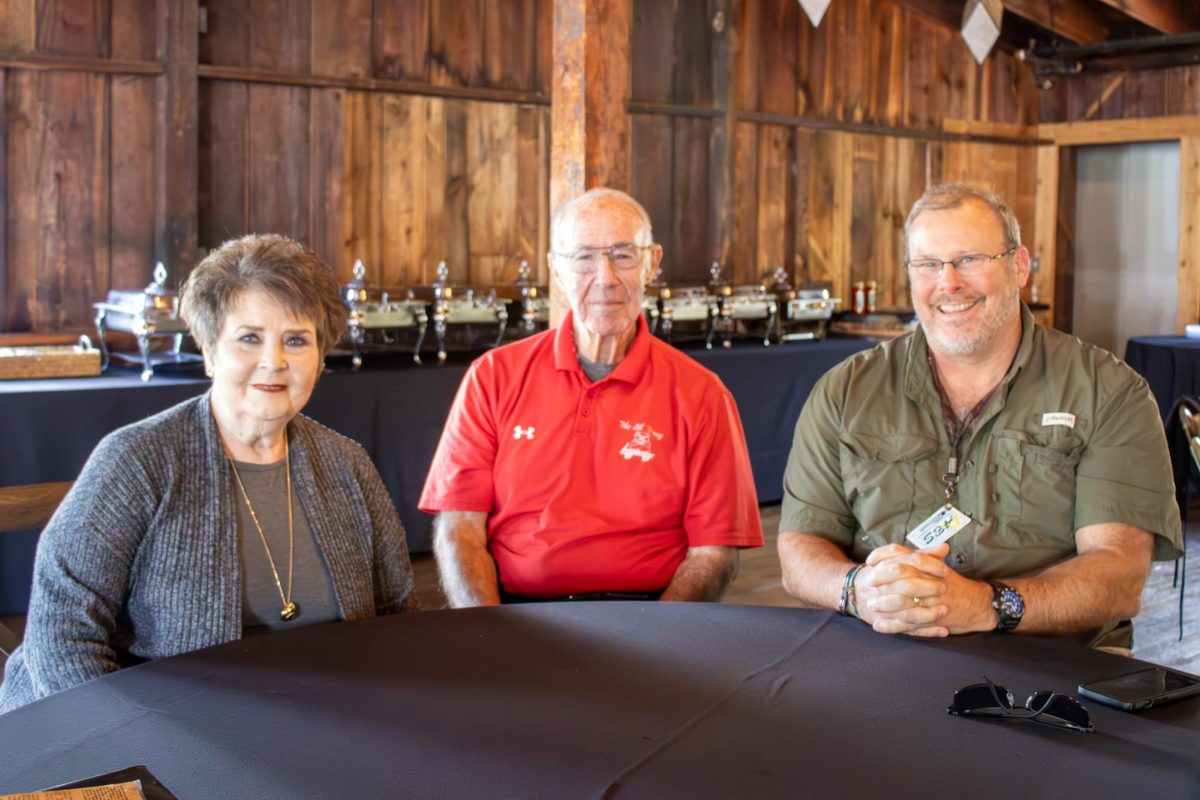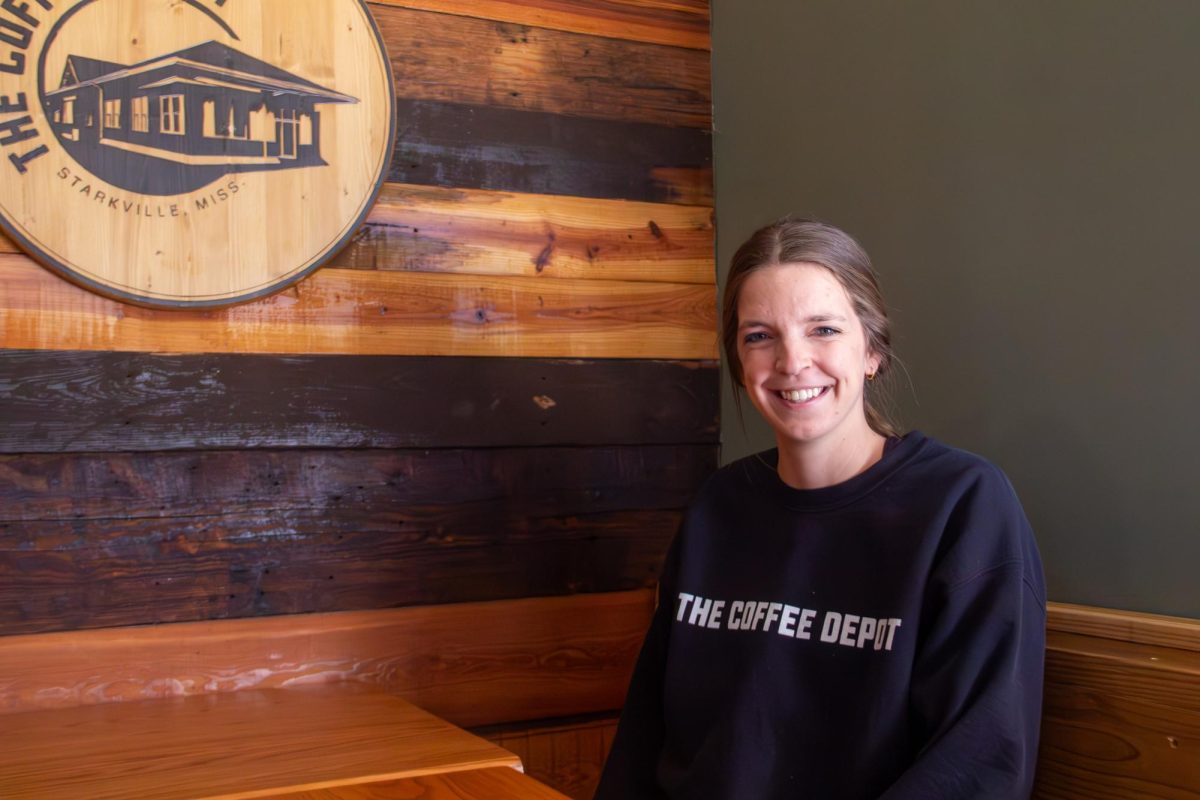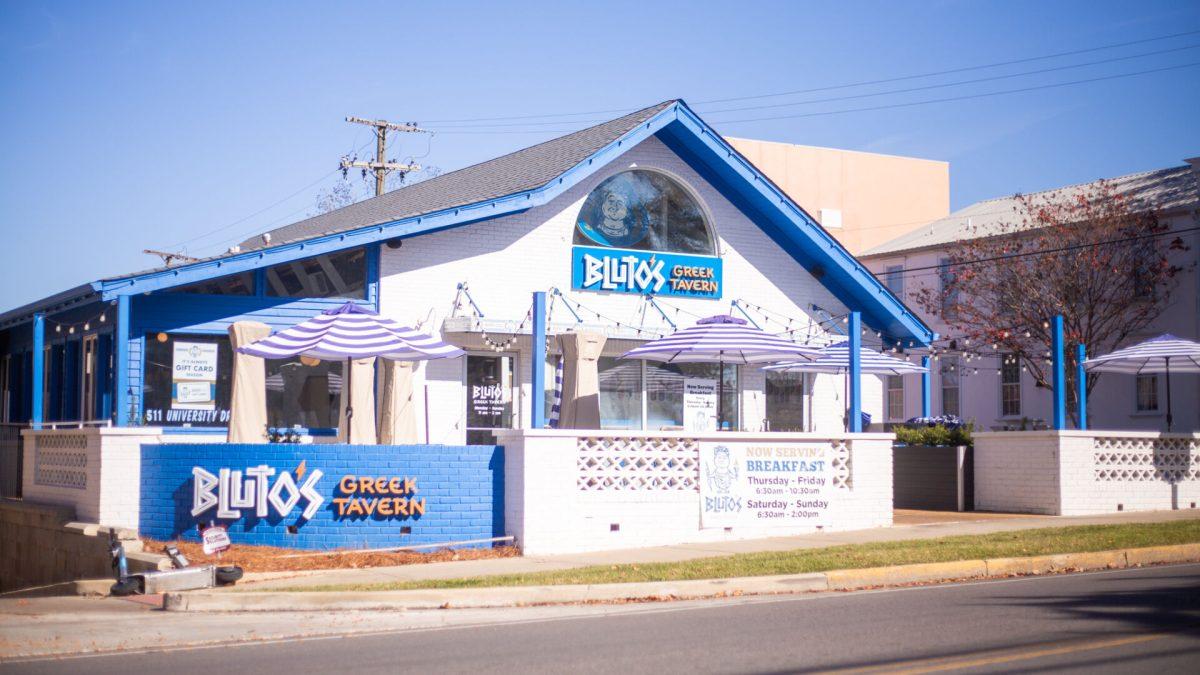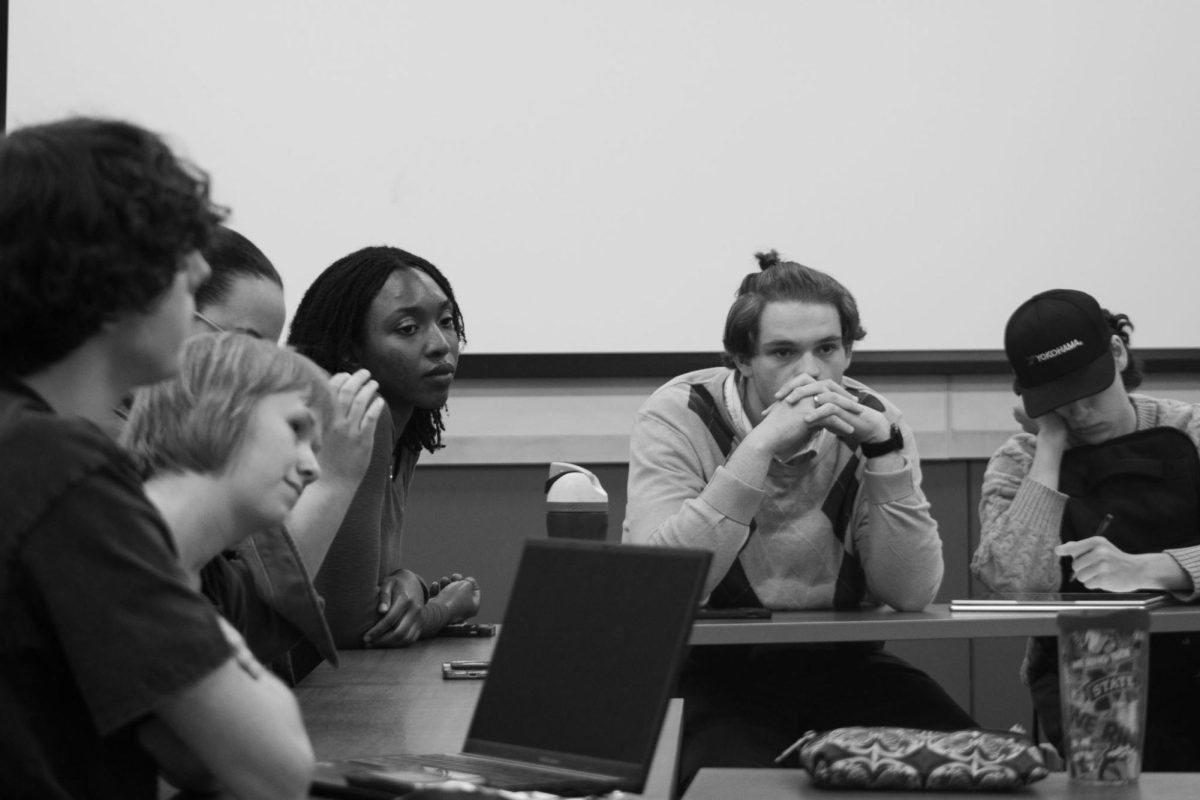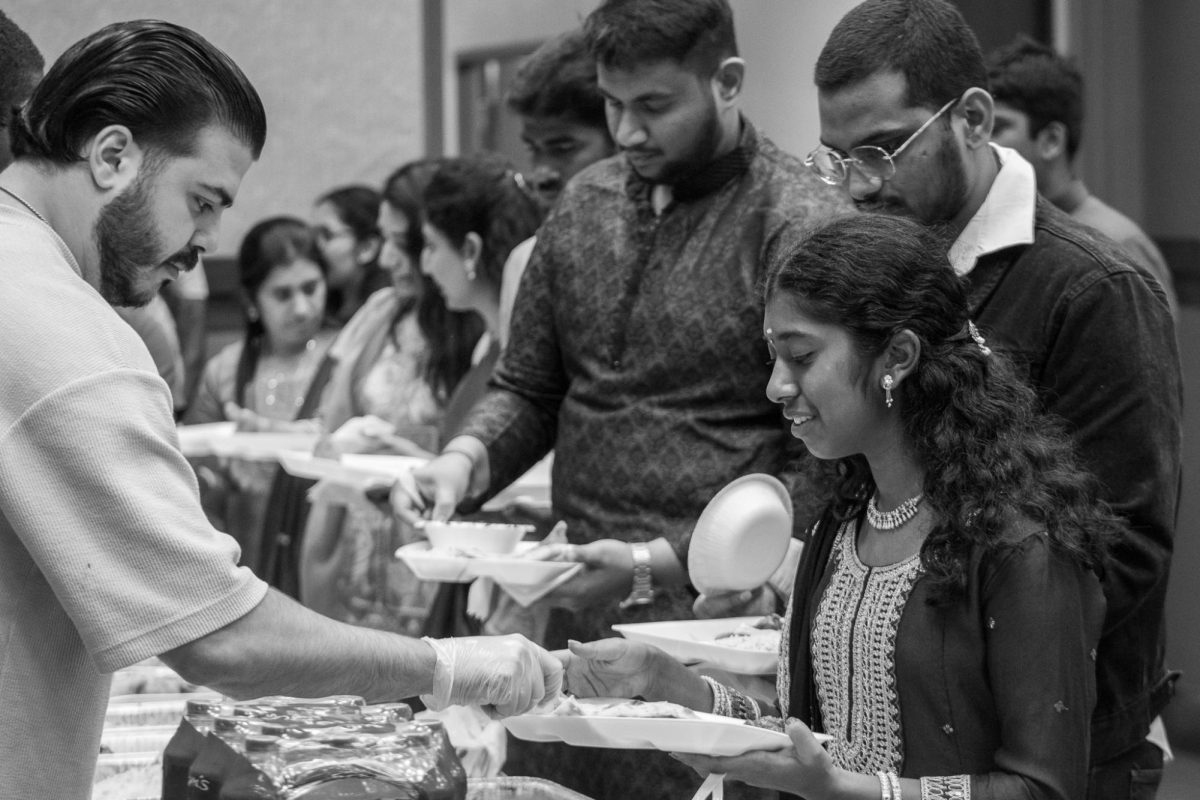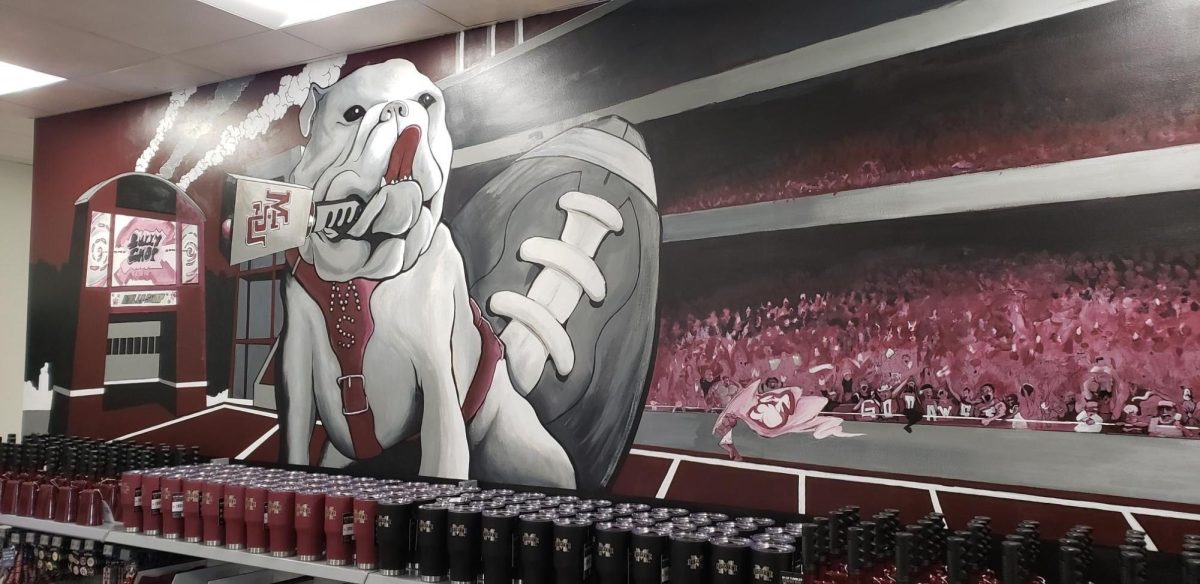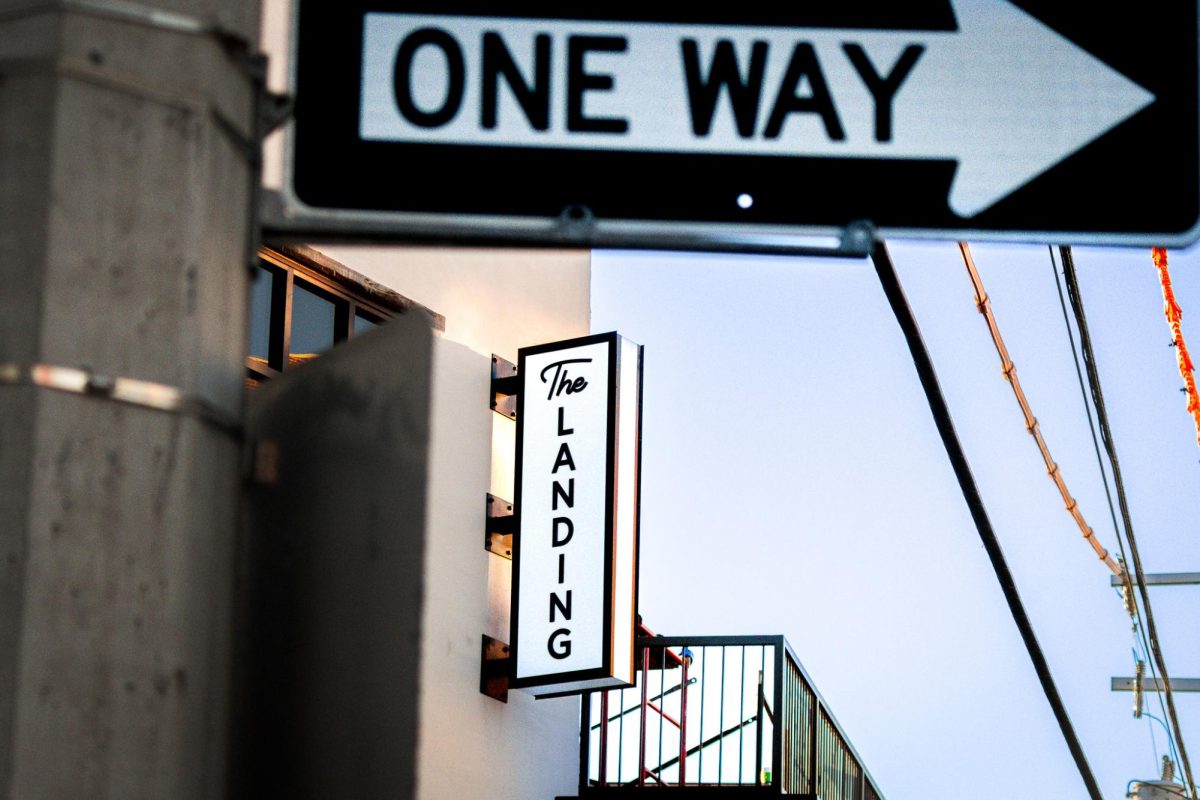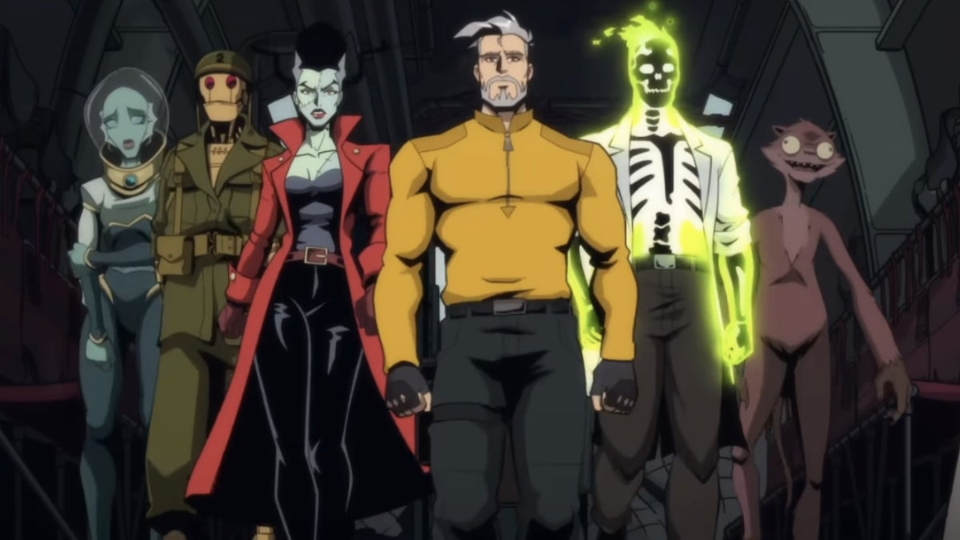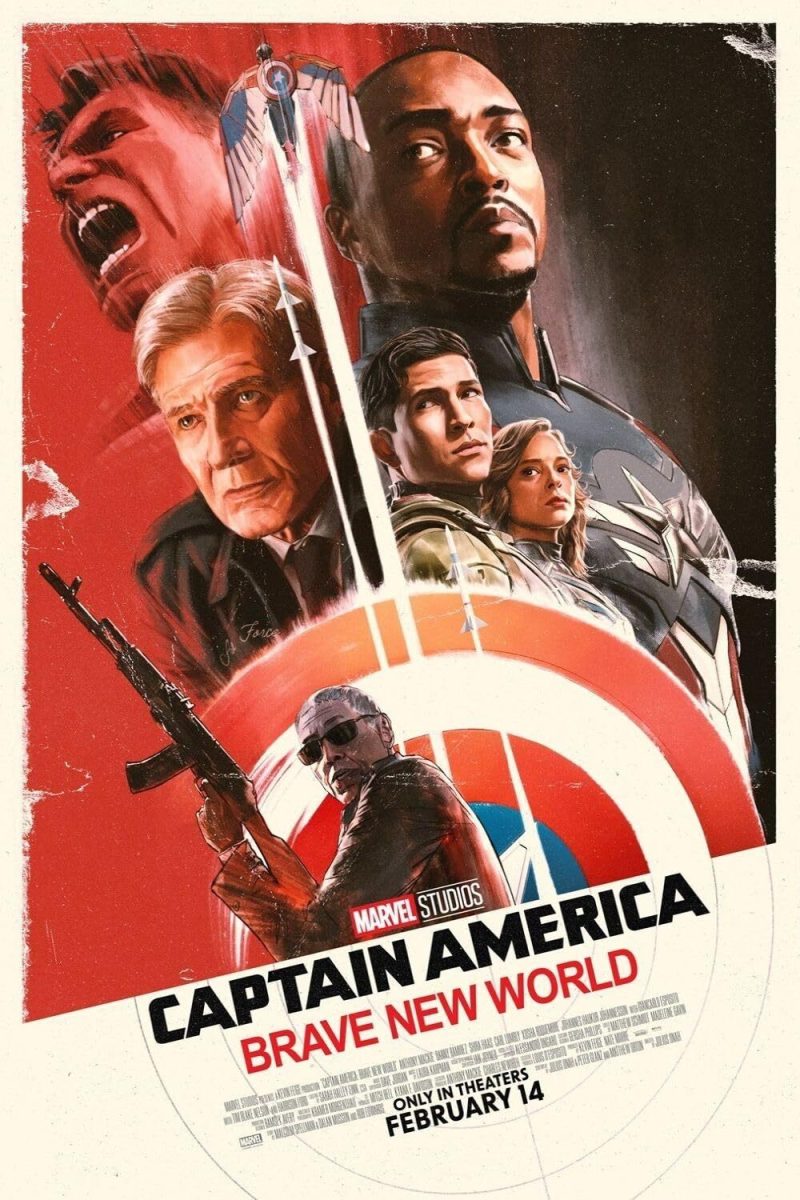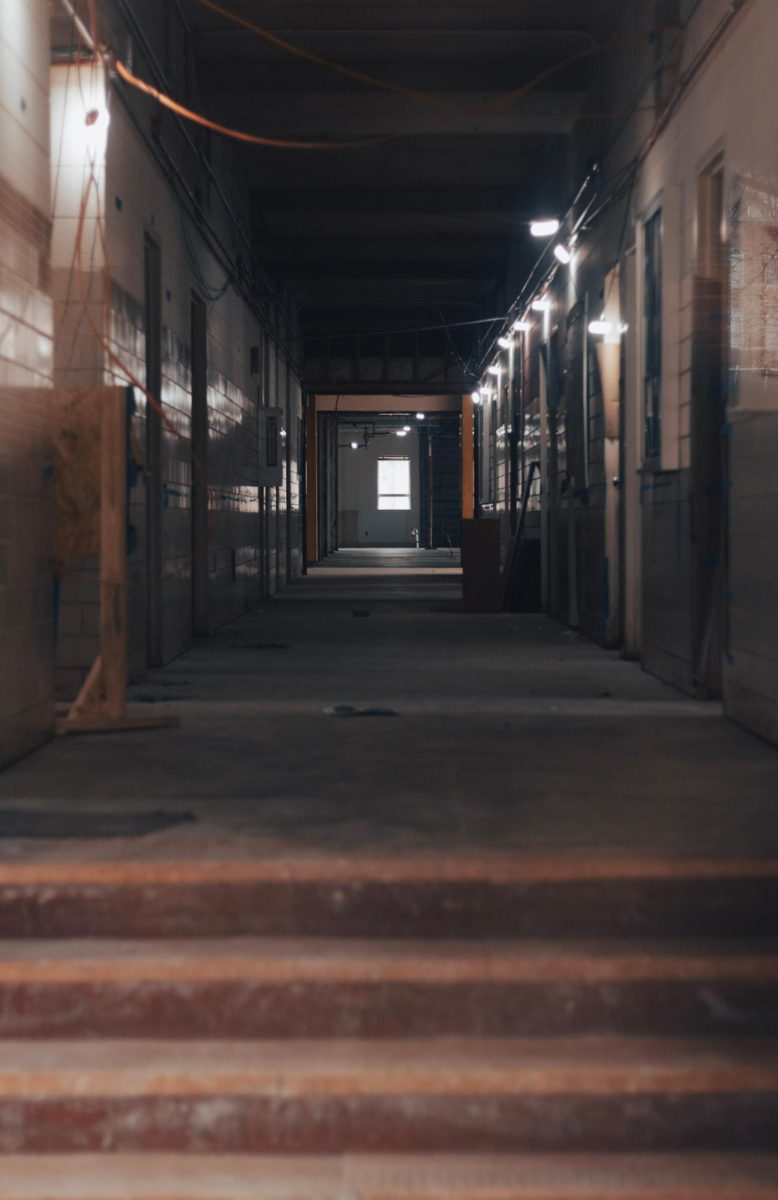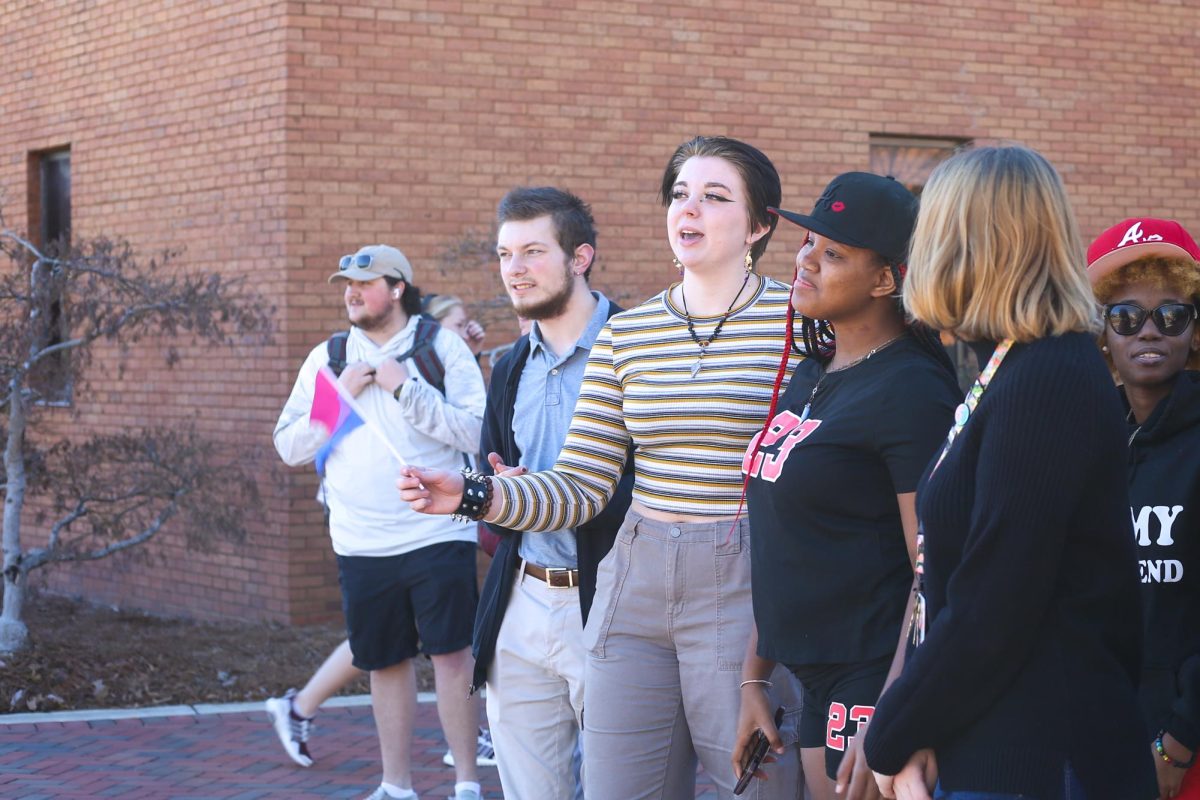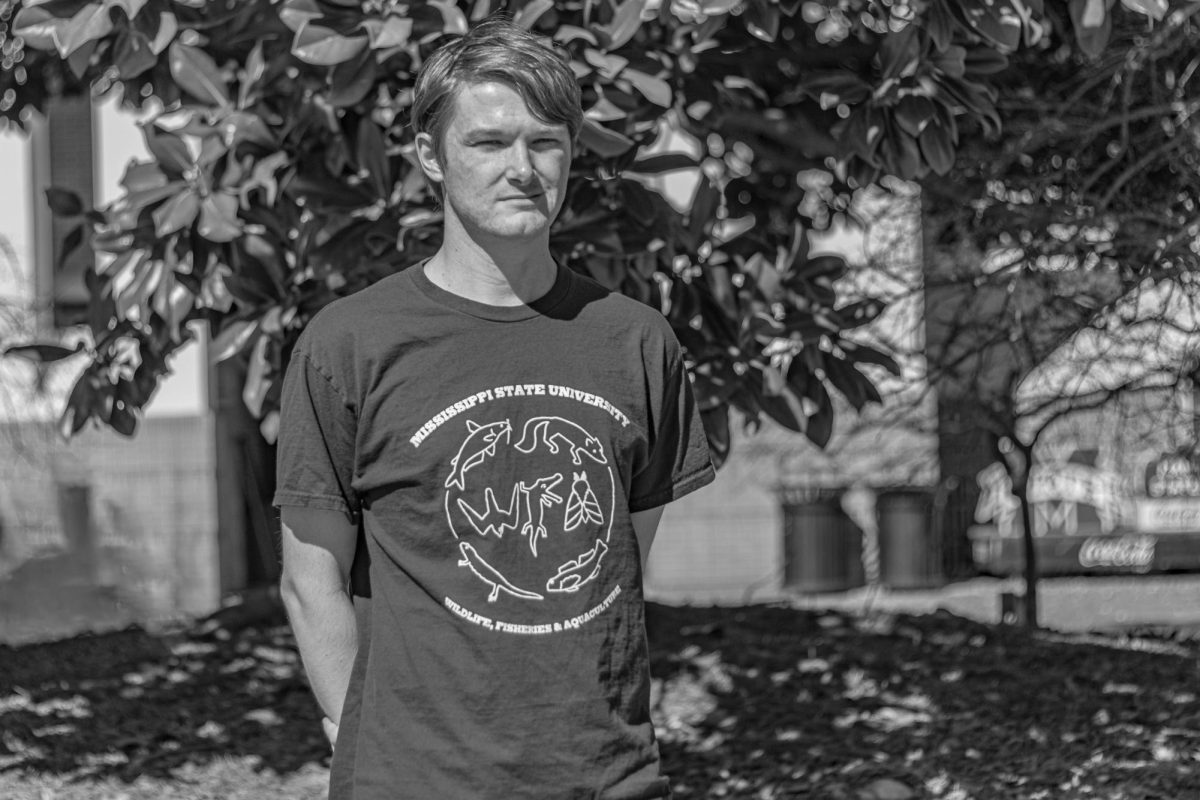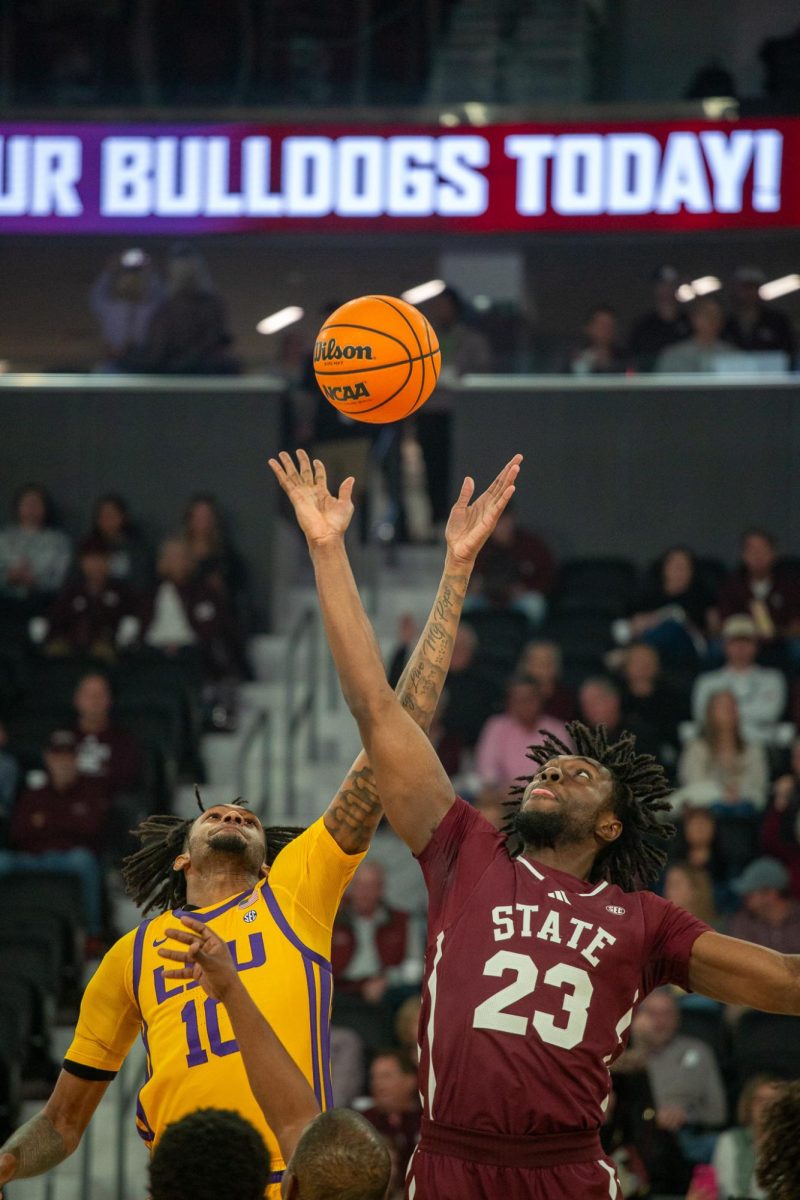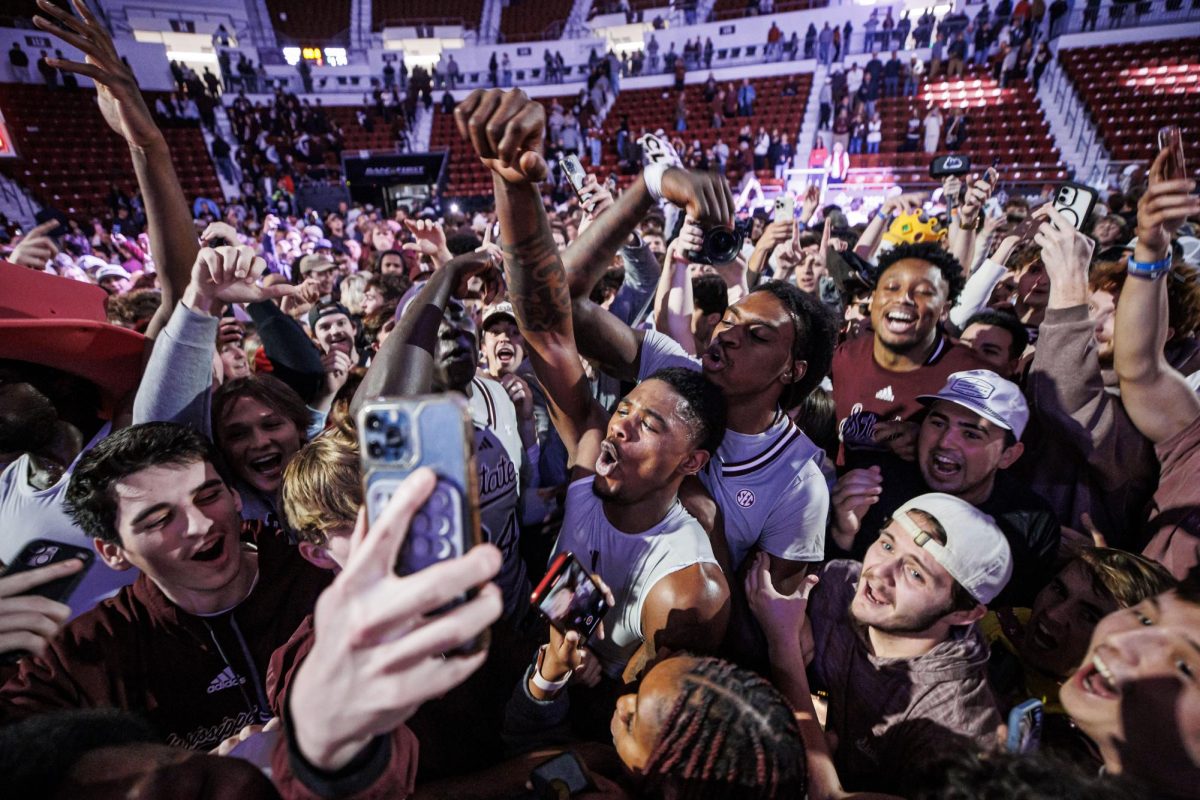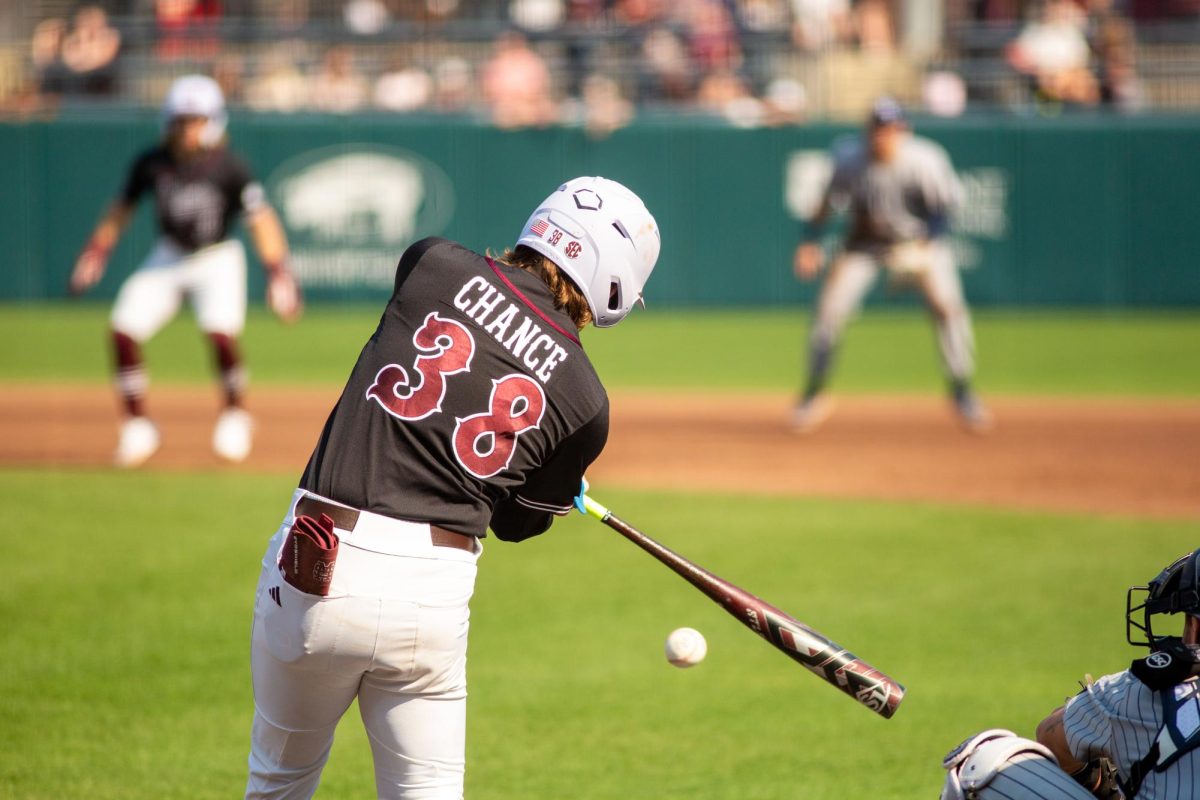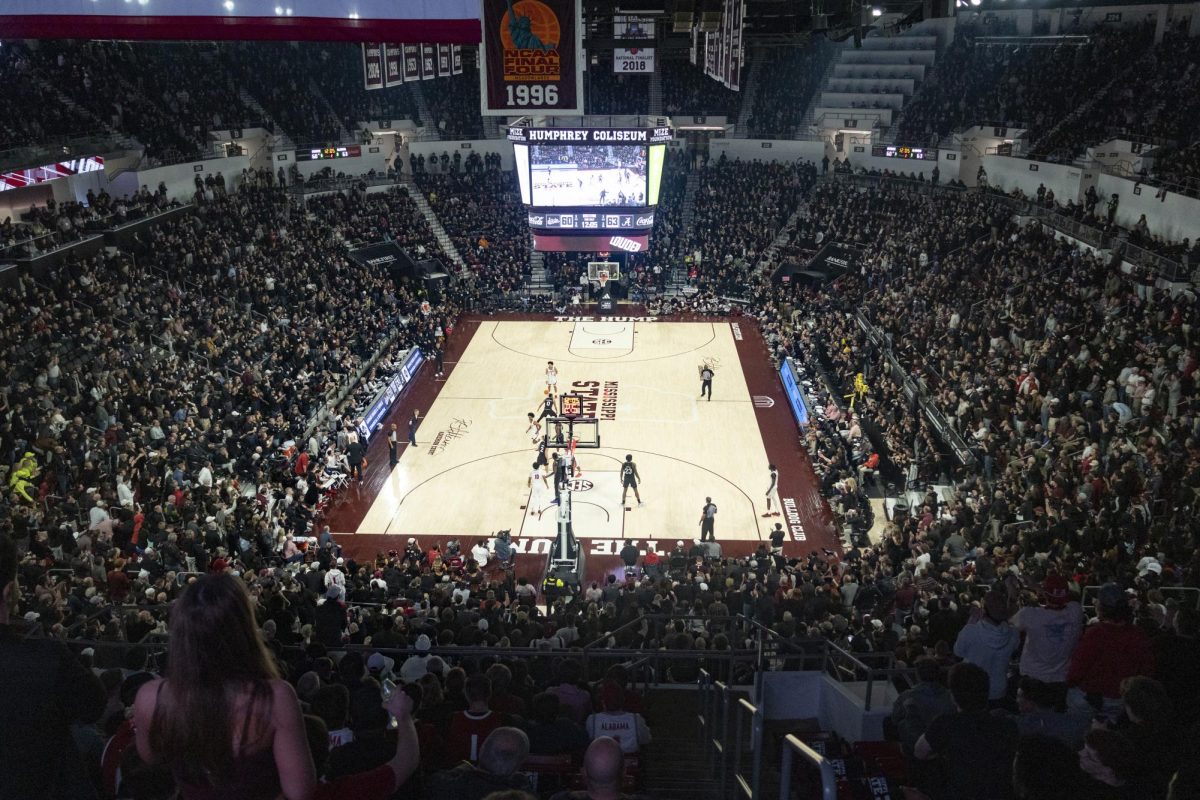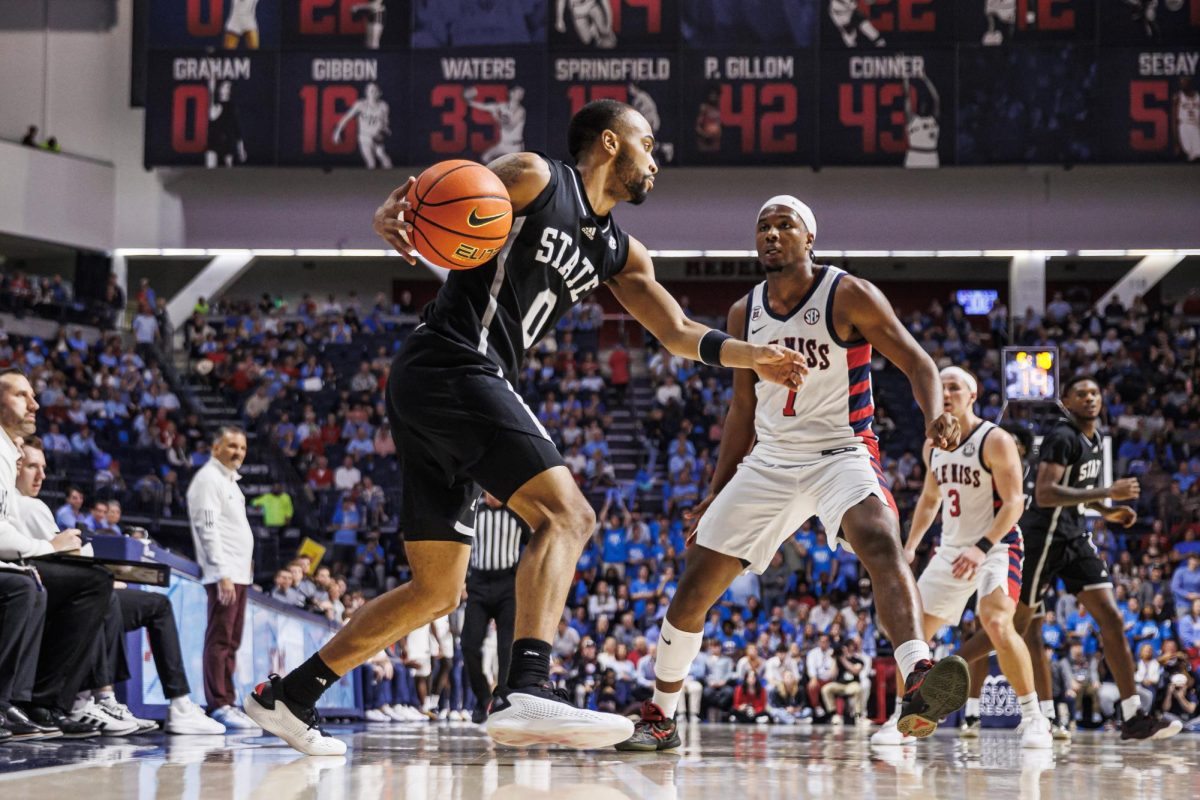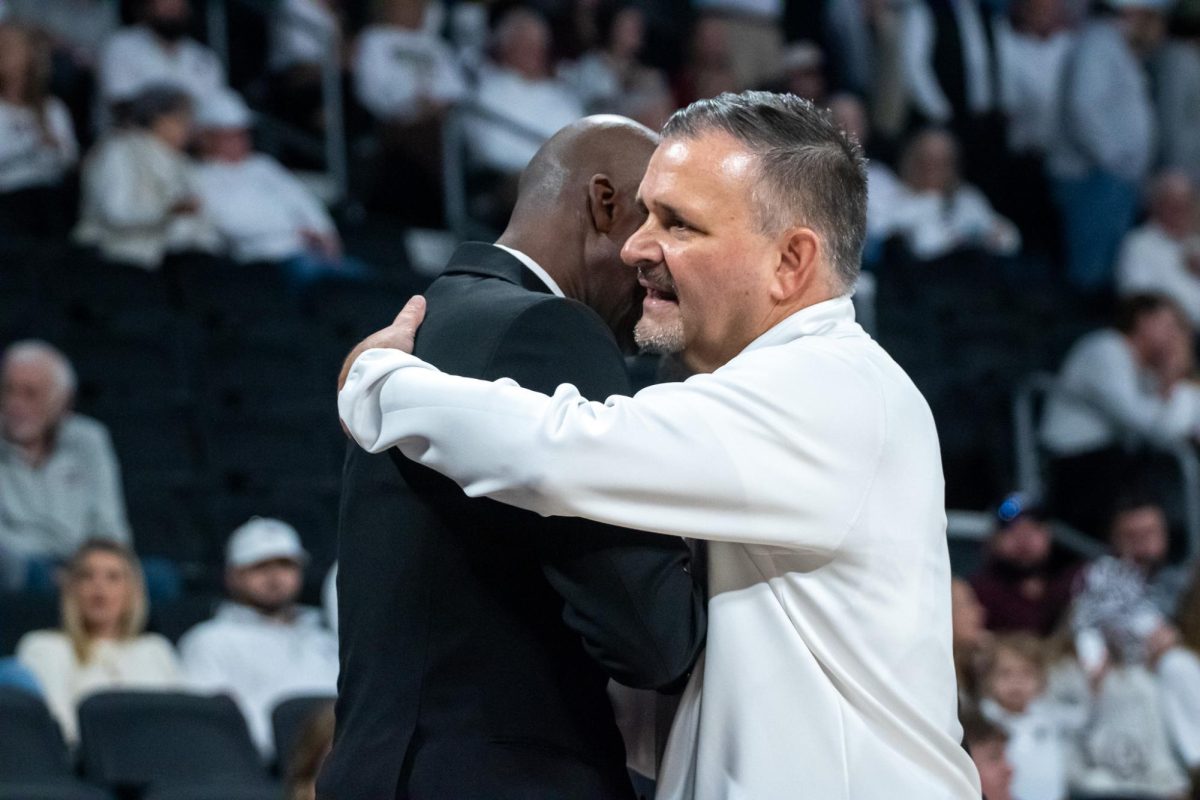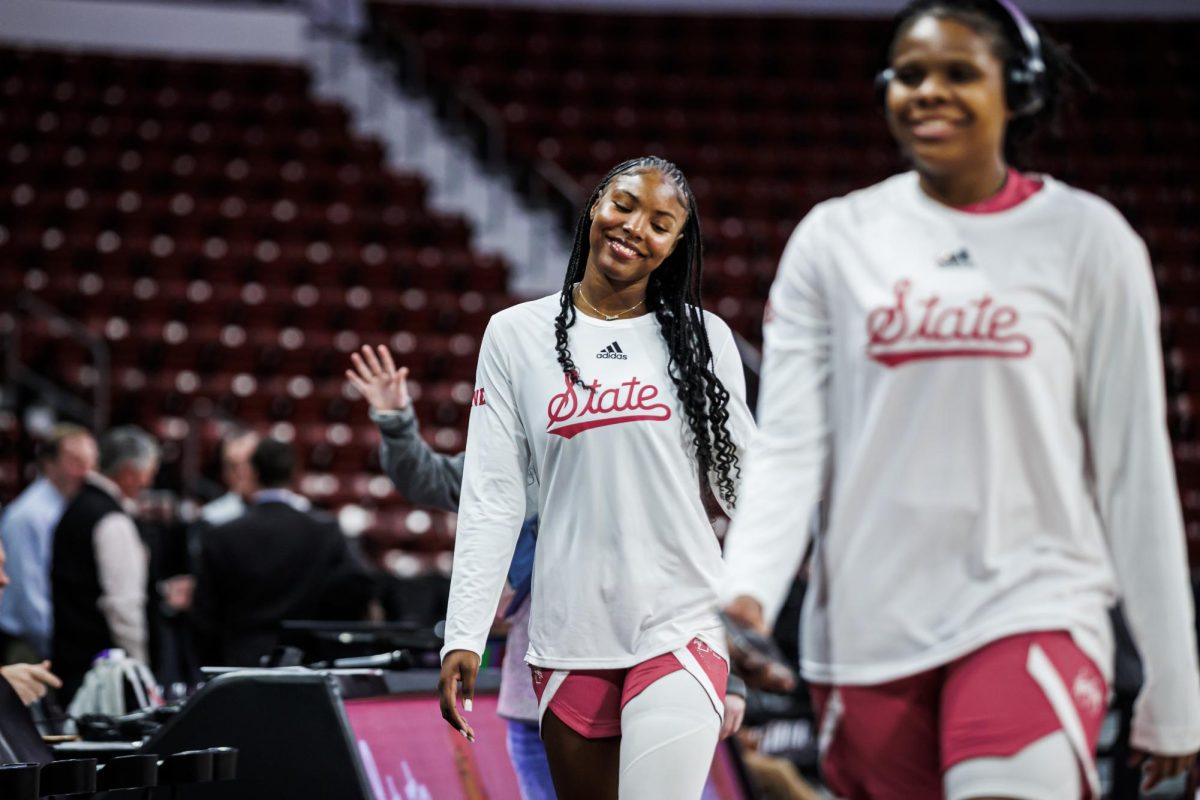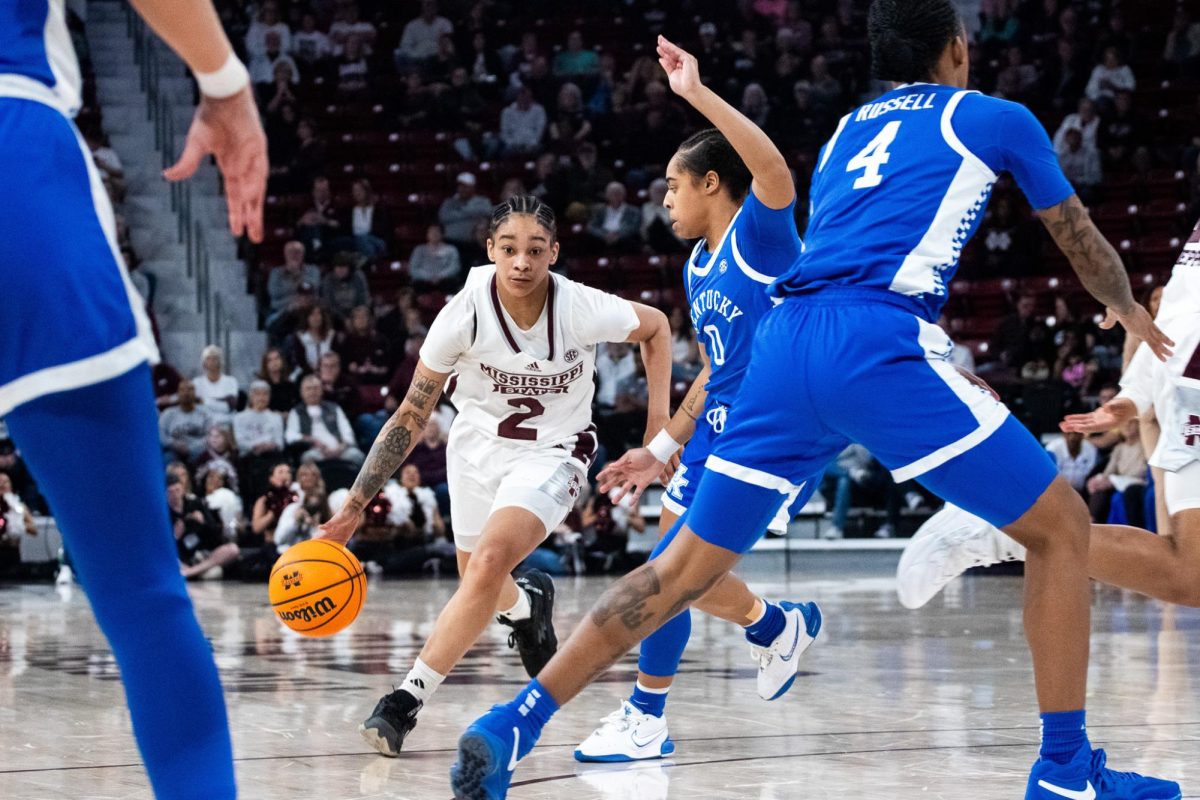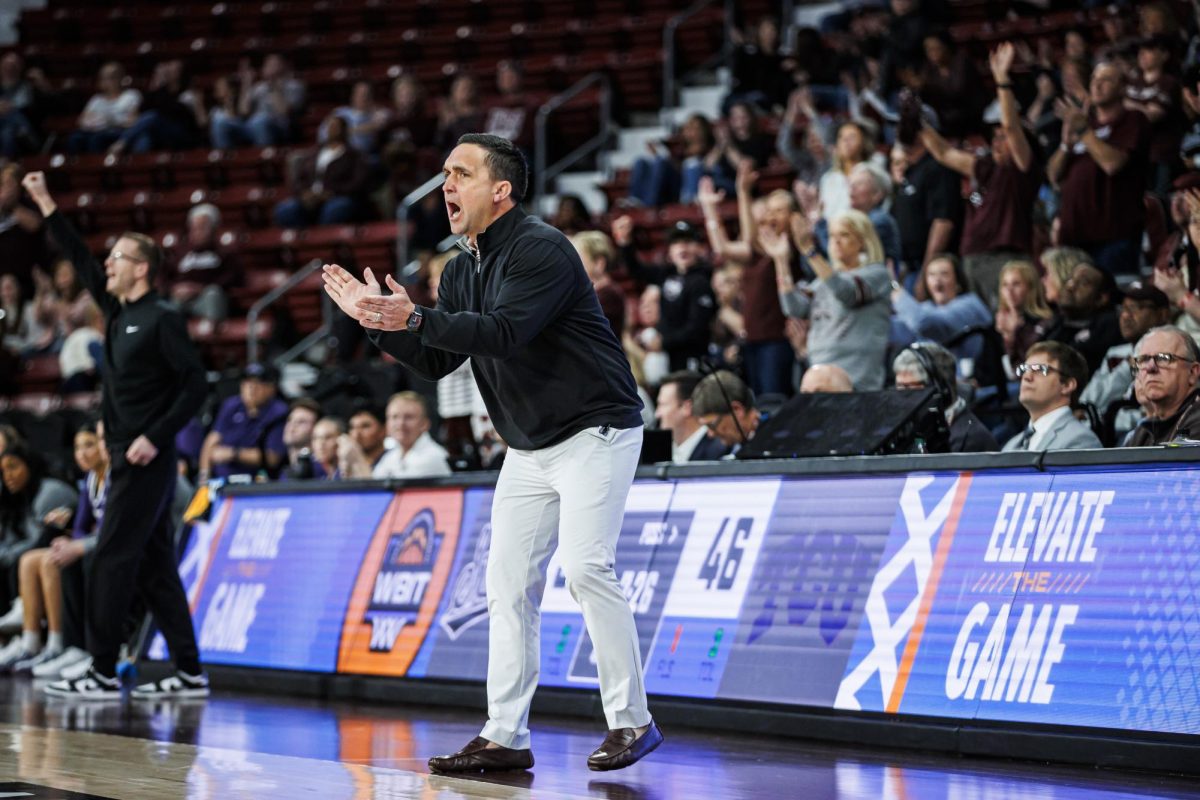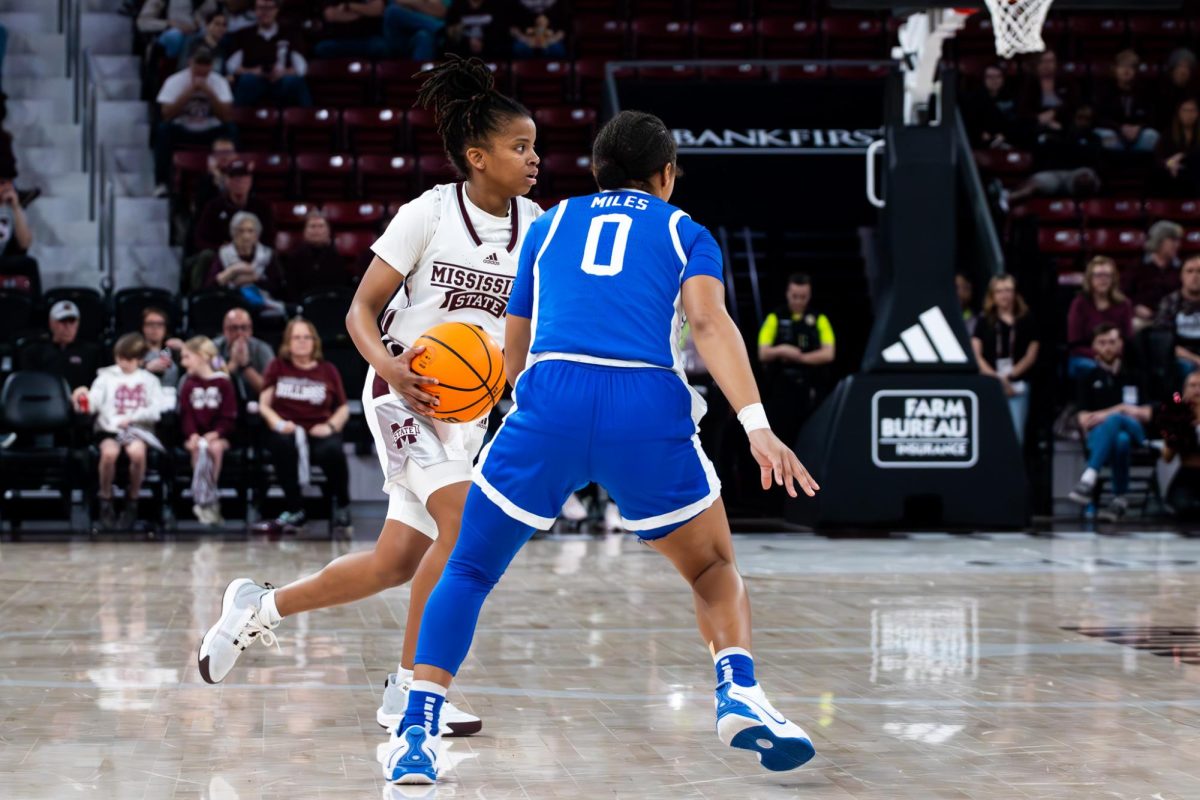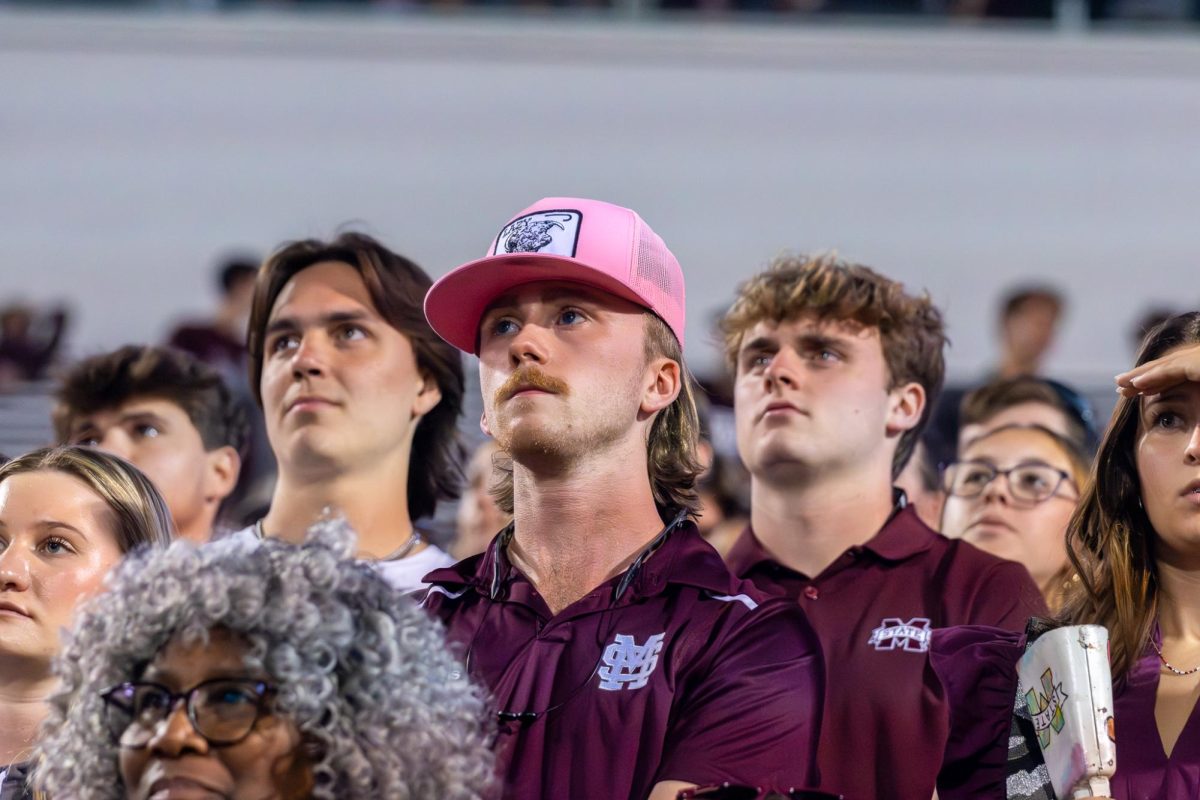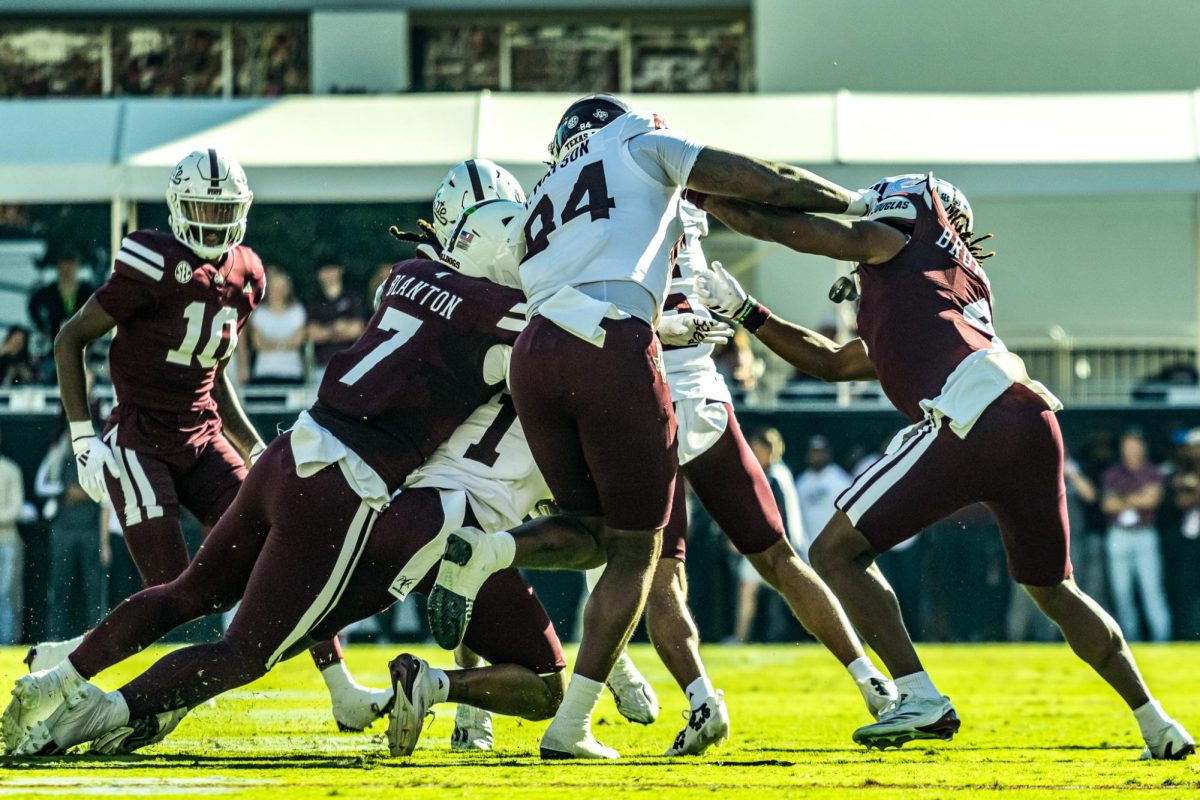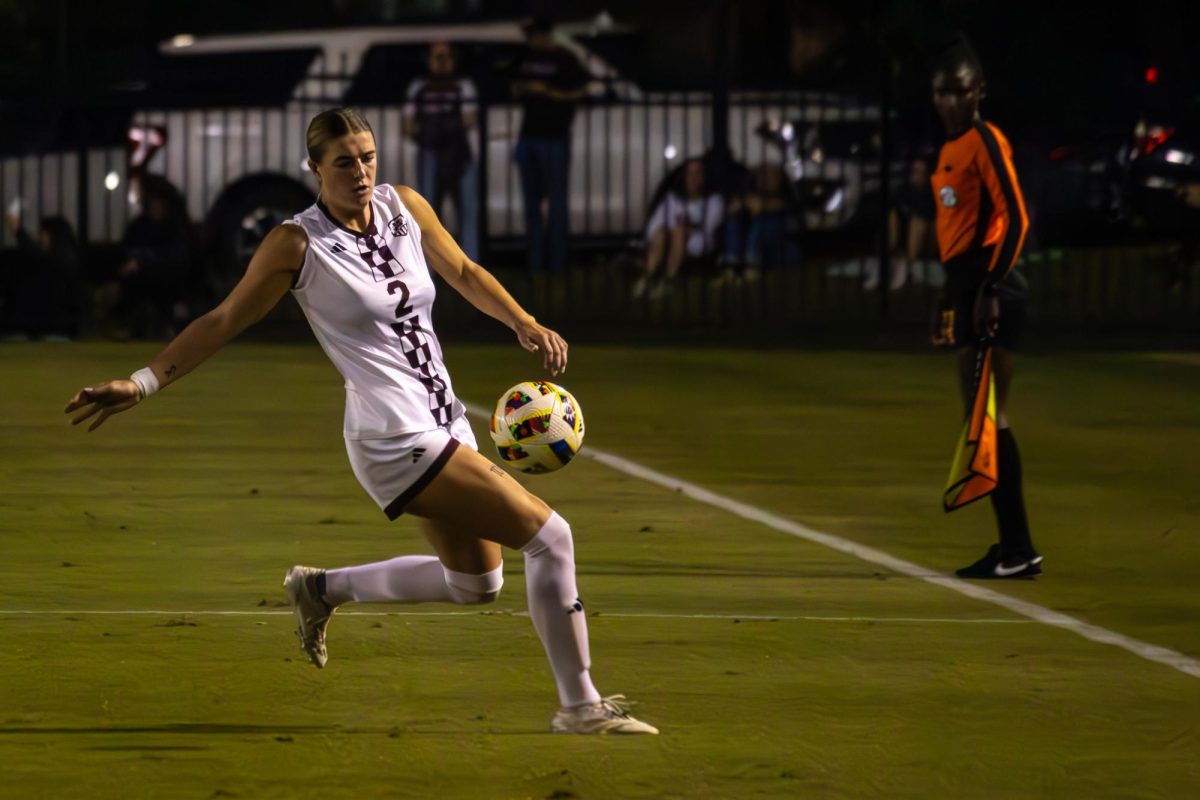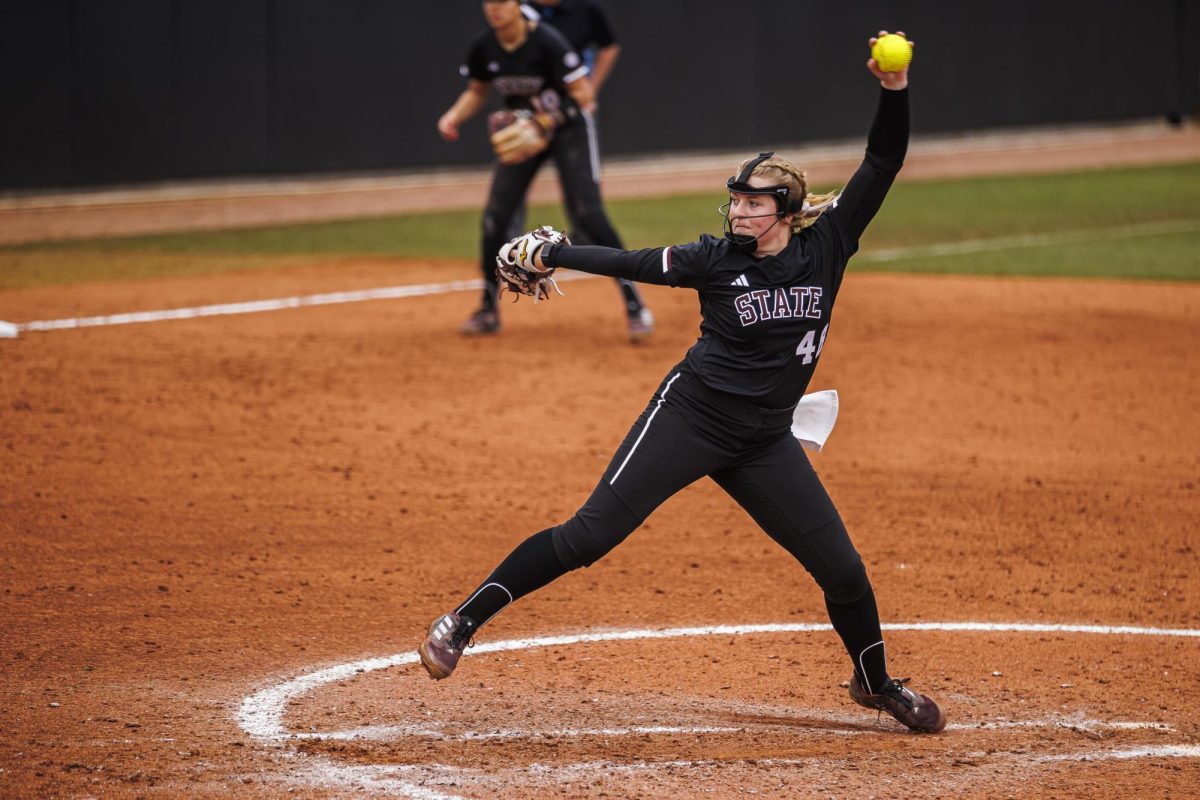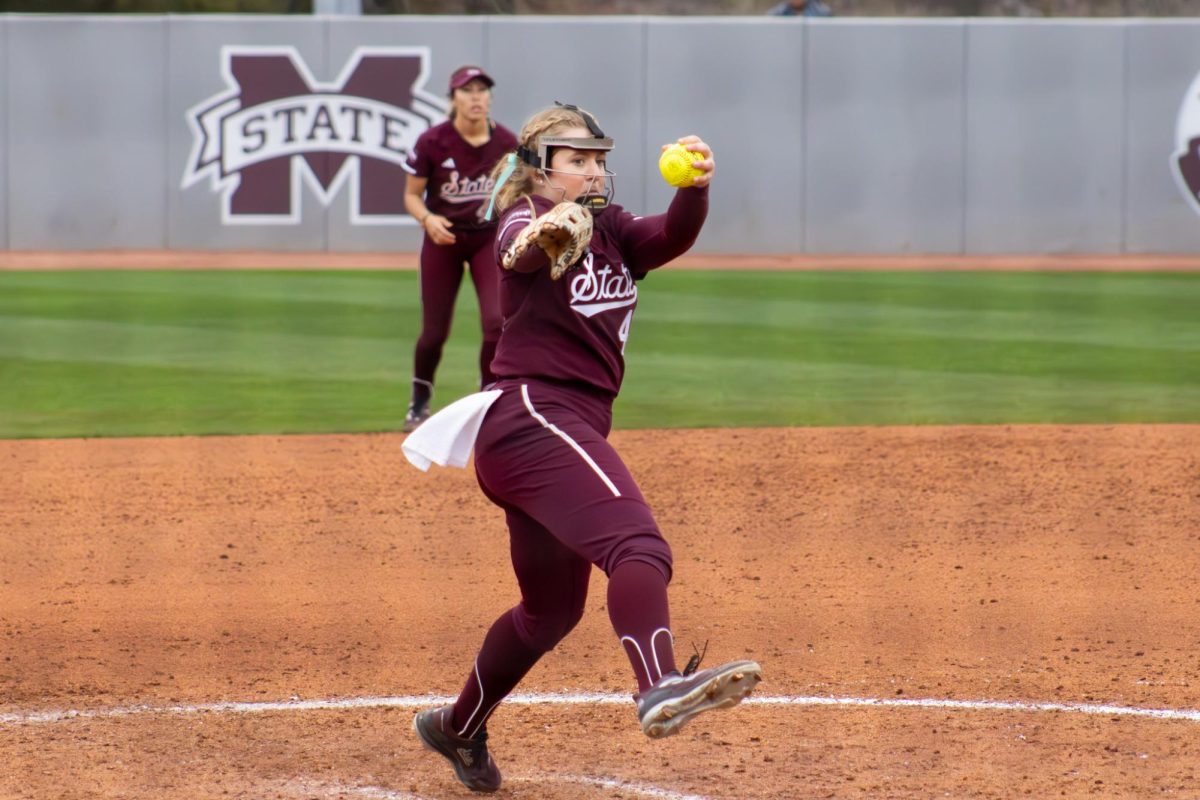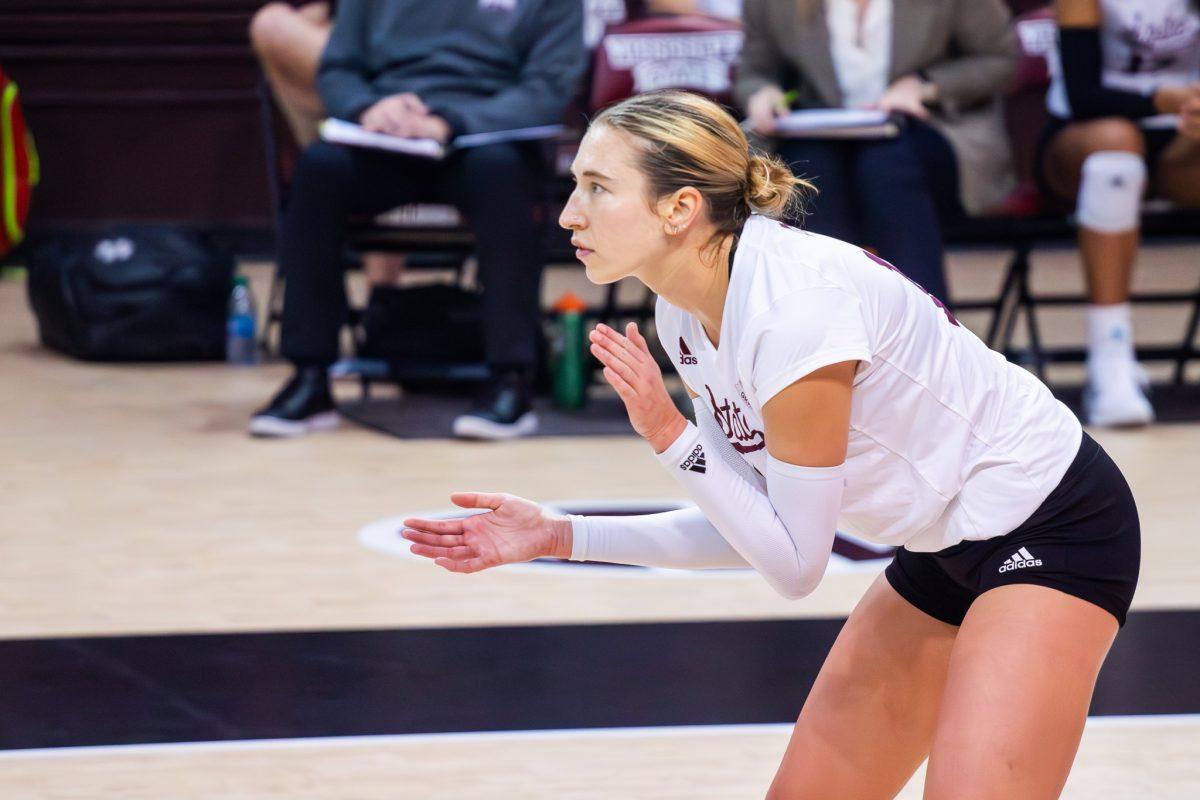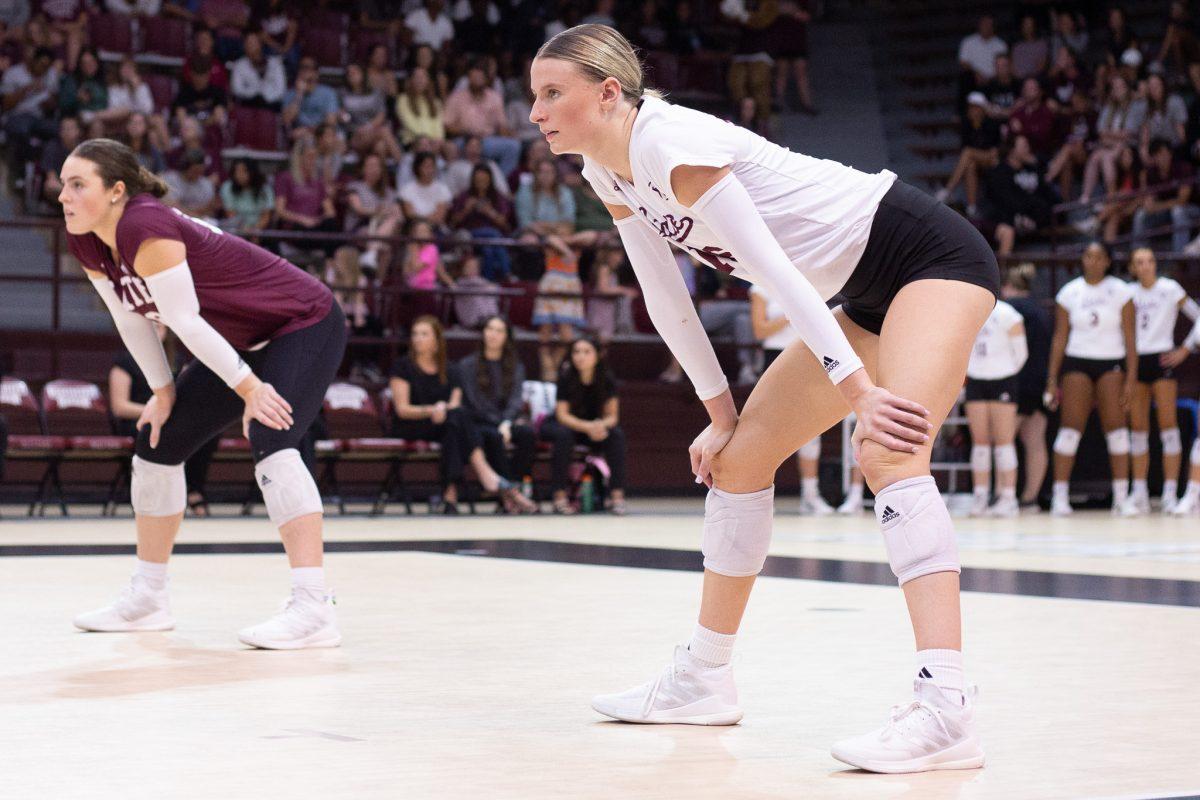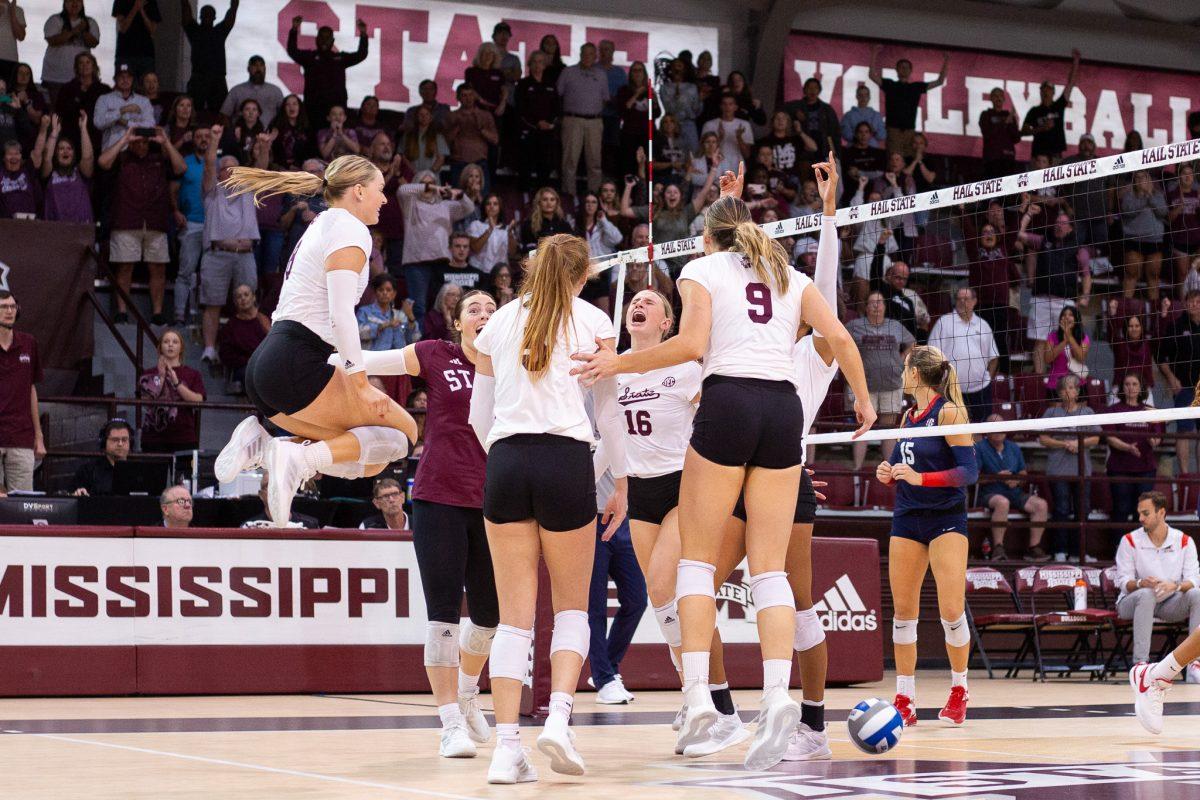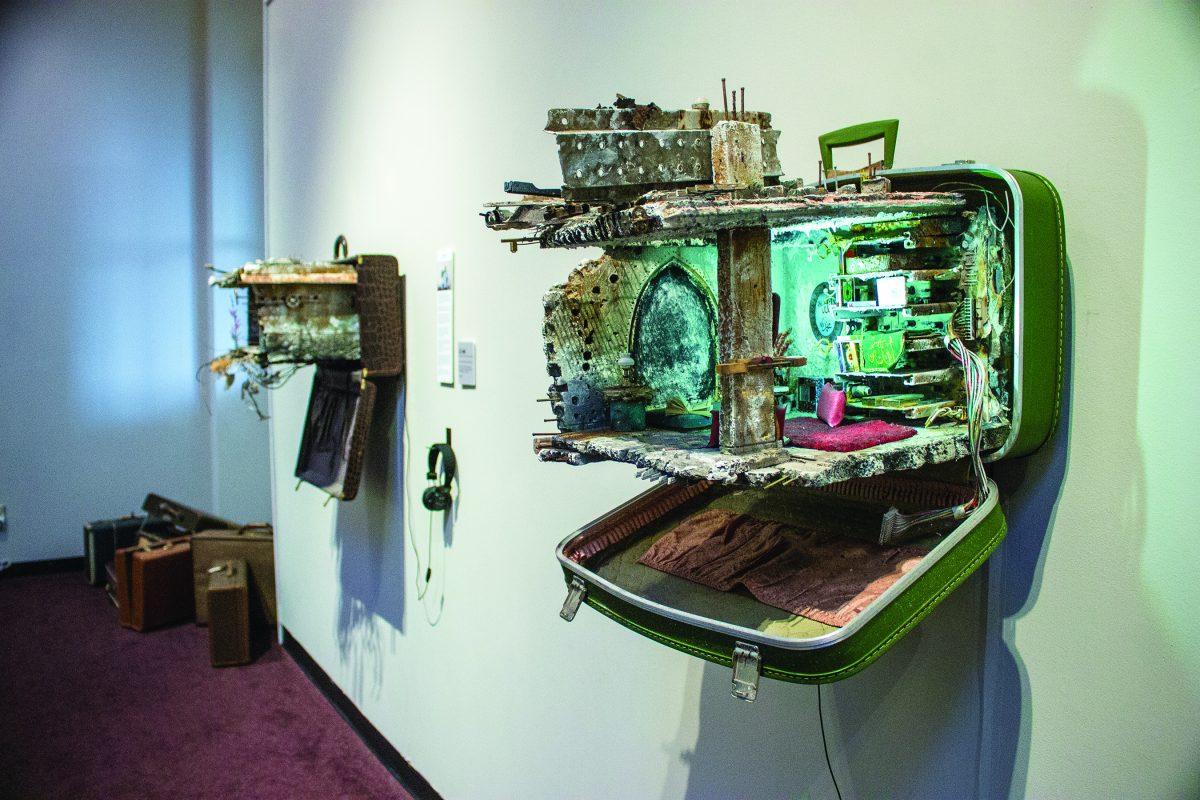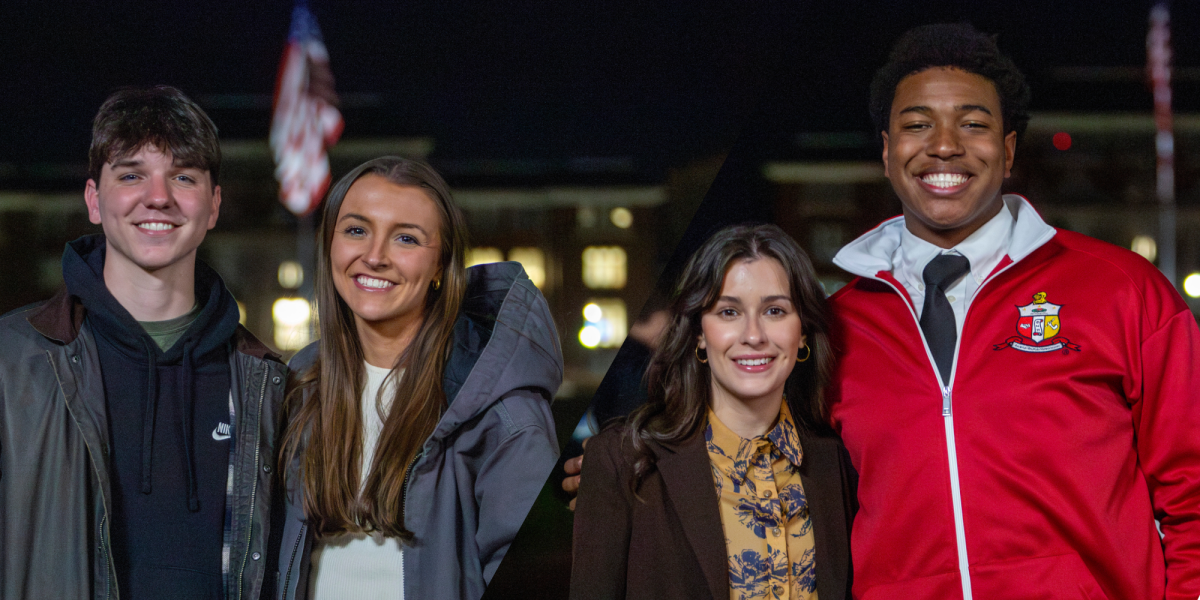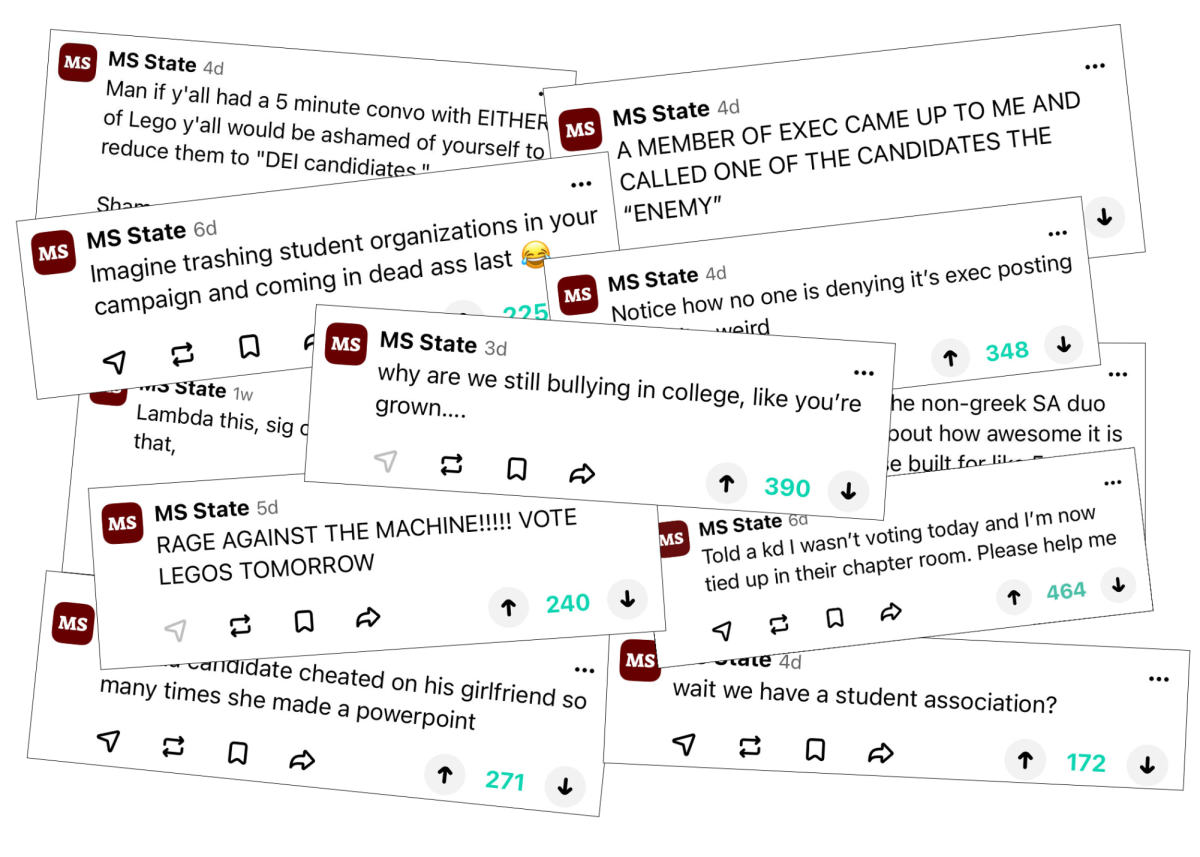This past Monday, a large-scale art exhibition was opened at Mississippi State University’s Cullis Wade Depot Art Gallery. The exhibition titled Unpacked: Refugee Baggage, uses three-dimensional sculpture and recordings to tell the stories of different refugees and migrants throughout the world. The exhibition was co-created by artist and architect Mohamad Hafez and writer Ahmed Badr.
Jenna Altomonte, an assistant professor in MSU’s College of Architecture, Art and Design and a global art historian, believes the exhibition is important to not only bring awareness to global refugees, but also to humanize them.
“This is a way to inform campus and students about these various narratives coming from these war zones and contested zones,” Altomonte said. “You see this all the time in the media, but often times it’s shadowed by political pundits giving you their information, rather than what we have displayed here, which is what’s actually happening. There are no opinions going on here.”
Mohamad Hafez is a Syrian born architect working out of New Haven, Connecticut. While studying in the United States, the refugee crisis in Syria began to develop, and Hafez began creating art to represent this global issue. His art has been included in many different institutions across the United States, as well as appearing in The New York Times and New Yorker Magazine.
Ahmed Badr is an Iraqi writer, former refugee and junior at Wesleyan University. His work as a writer seeks to bring awareness to the crises across the world and has garnered the attention and support of multiple institutions, such as Harvard University, Instagram and the World Bank. Having spoken at the United Nations multiple times, Badr was recently chosen as one of 17 United Nations Young Leaders for the Sustainable Development Goals.
Unpacked: Refugee Baggage combines the architectural skills of Hafez and the storytelling skills of Badr in order to convey the refugees’ stories. Badr met with different refugees and learned about their experiences, and Hafez recreated the scenes from those experiences. Framed by suitcases, the sculptures represent the homes of those displaced by conflict and reflect their stories.
To Hsain Ilahiane, department head of Anthropology and Middle Eastern Cultures and a major proponent of bringing Hafez’s work to MSU, the way Hafez and Badr present the refugees’ stories allows the exhibition to be all the more powerful.
“Mohamad actually takes a sense of place and the complicated nature of social relationships and presents it in a visceral way in front of you. He is not there to say, tell you where to look—it is you and the piece. The degree of freedom, where you just look at it on your own, thinking; it’s a powerful medium. The takeaway is for us to see art as a form of activism, of actually starting the conversation on issues, especially issues where you are not always given context,” Ilahiane said.
According to Lori Neuenfeldt, a professor and gallery director for the Department of Art, bringing the exhibition to MSU was no easy task, and involved support from multiple groups throughout the university and beyond.
“This is a major exhibition, one of the largest I have ever brought here,” Neuenfeldt said. “We knew it would be a challenge because the work is three dimensional and would have to be shipped in from up North. I have to give major credit to the Mississippi Arts Commission who gave us funding through the National Endowment for the Arts, as well as the Mississippi Humanities Council in order that this show could happen. What’s amazing is all the support we have had across the university. Everyone from architecture and landscape architecture, social sciences, Holmes Cultural Diversity Center and Shackouls Honors College all contributing financial support and promoting the exhibition.”
The exhibit is now on display at Cullis Wade Depot and will be available to view until Nov. 1. On Oct. 18, Badr will hold a storytelling workshop at Starkville Community Theatre and a public talk at Old Main Academic Center.
Art display unpacks refugees’ stories
Alayna Stevens | The Reflectors
Refugee Baggage, co-created by Mohamad Hafez and Ahmed Badr, is on display in the Cullis Wade Depot Art Gallery.
About the Contributor
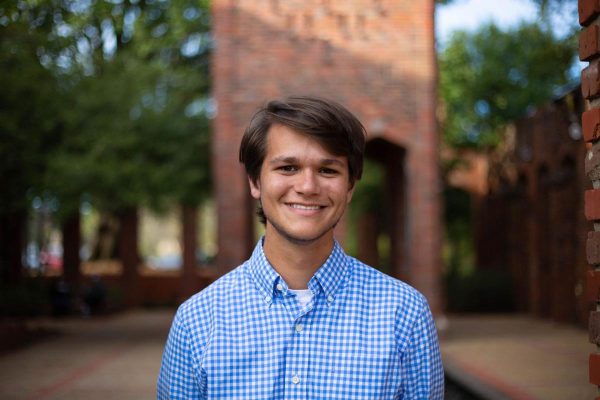
Daniel Dye, Former Managing Editor
Daniel Dye served as the Managing Editor in 2021.
He also served as the News Editor from 2020 to 2021.
0
More to Discover

